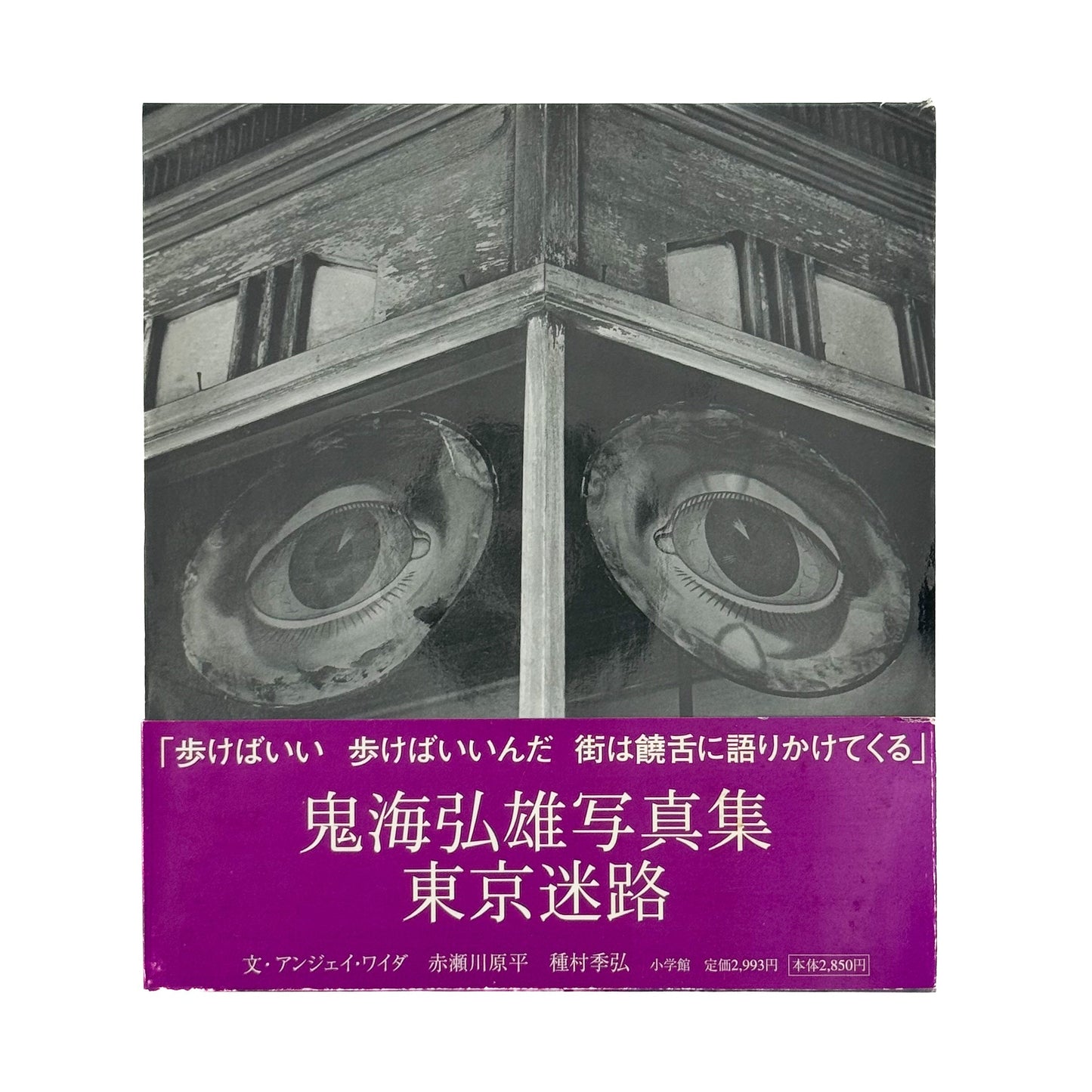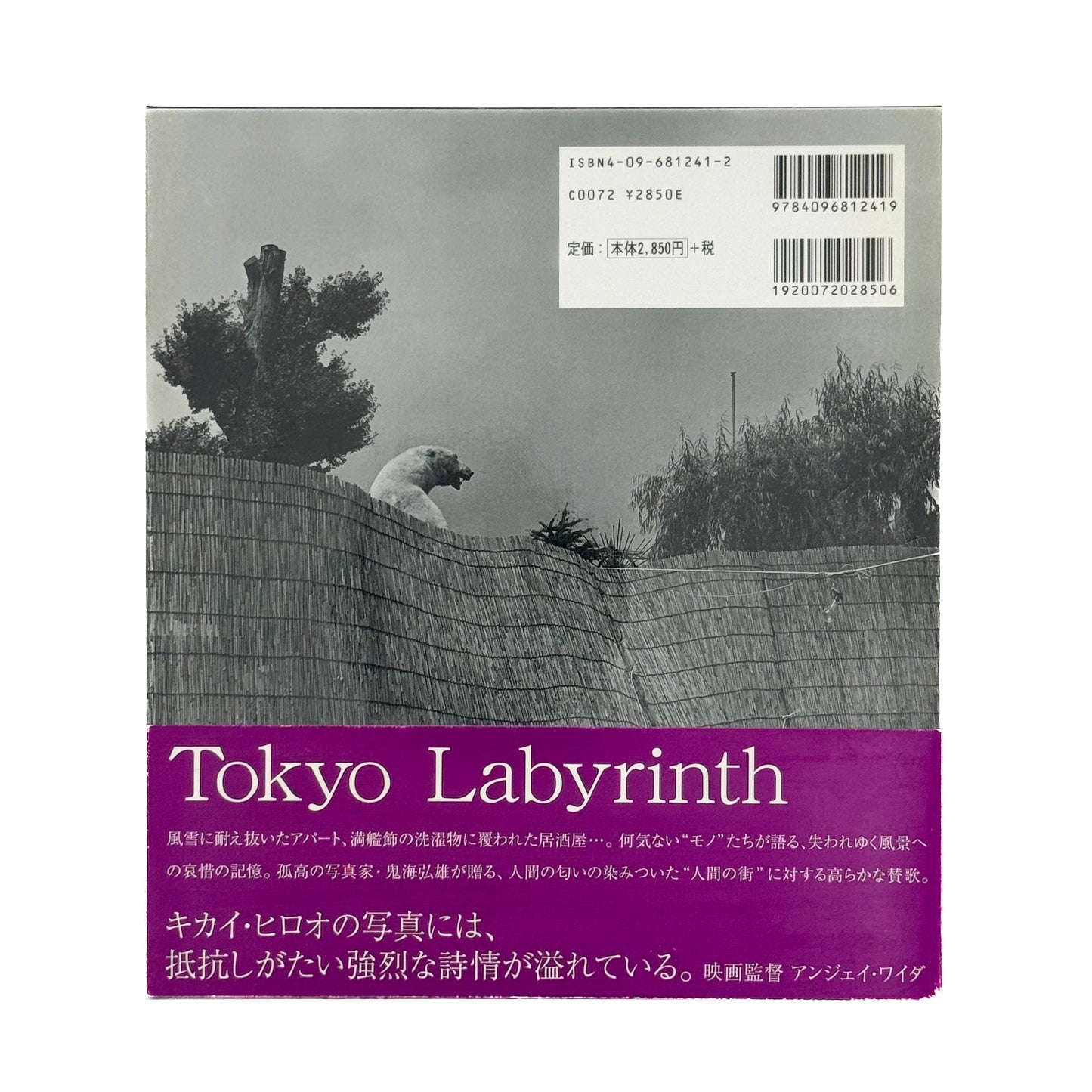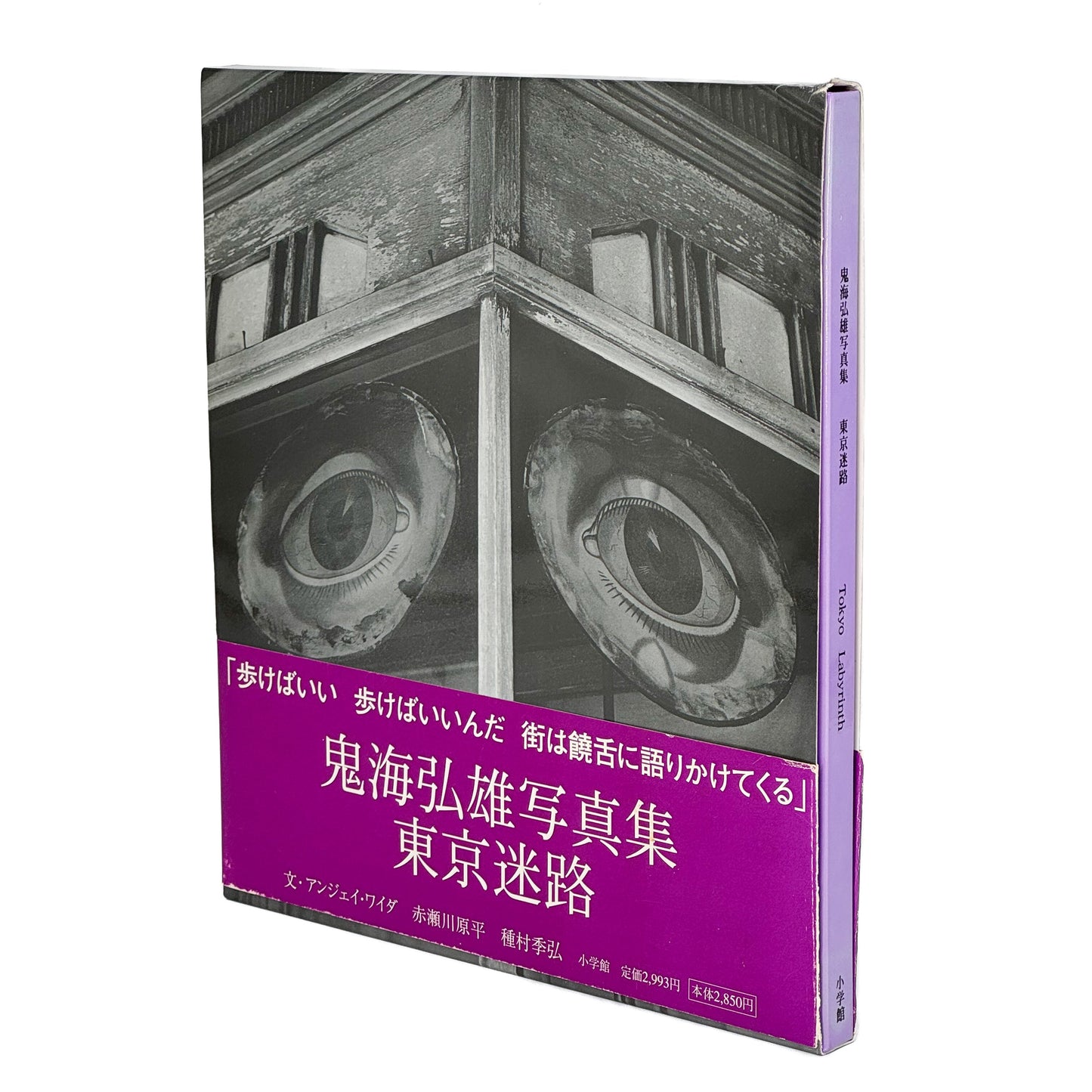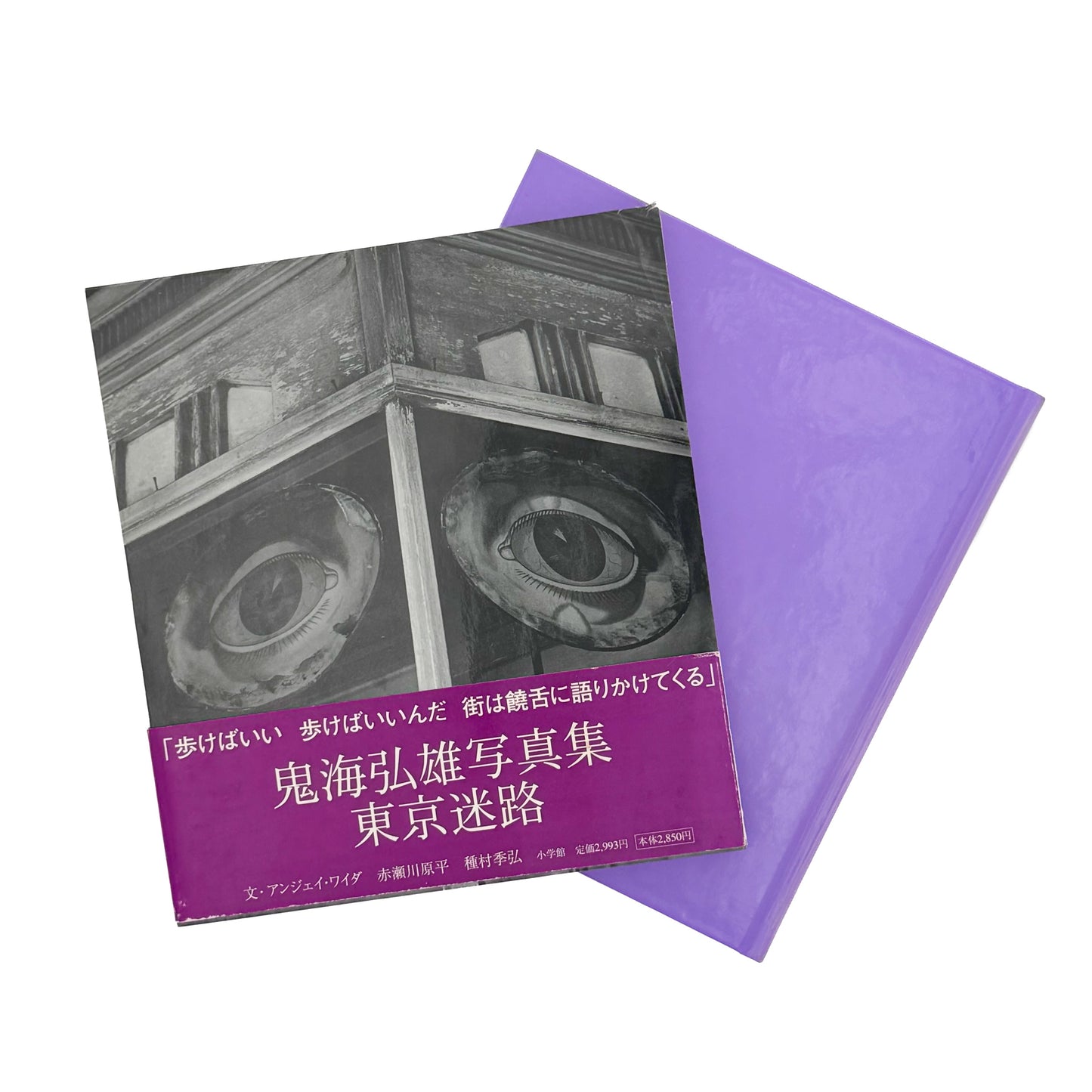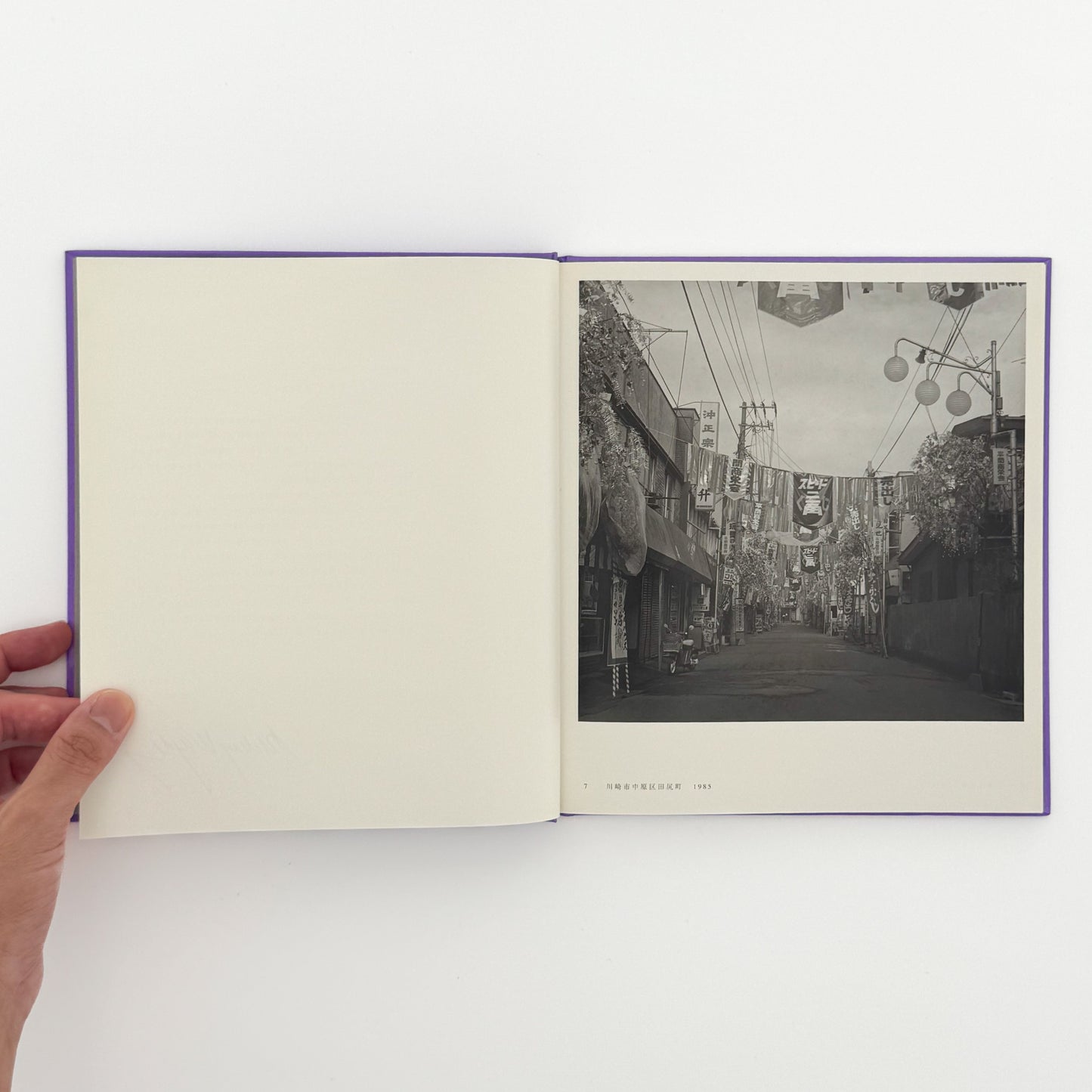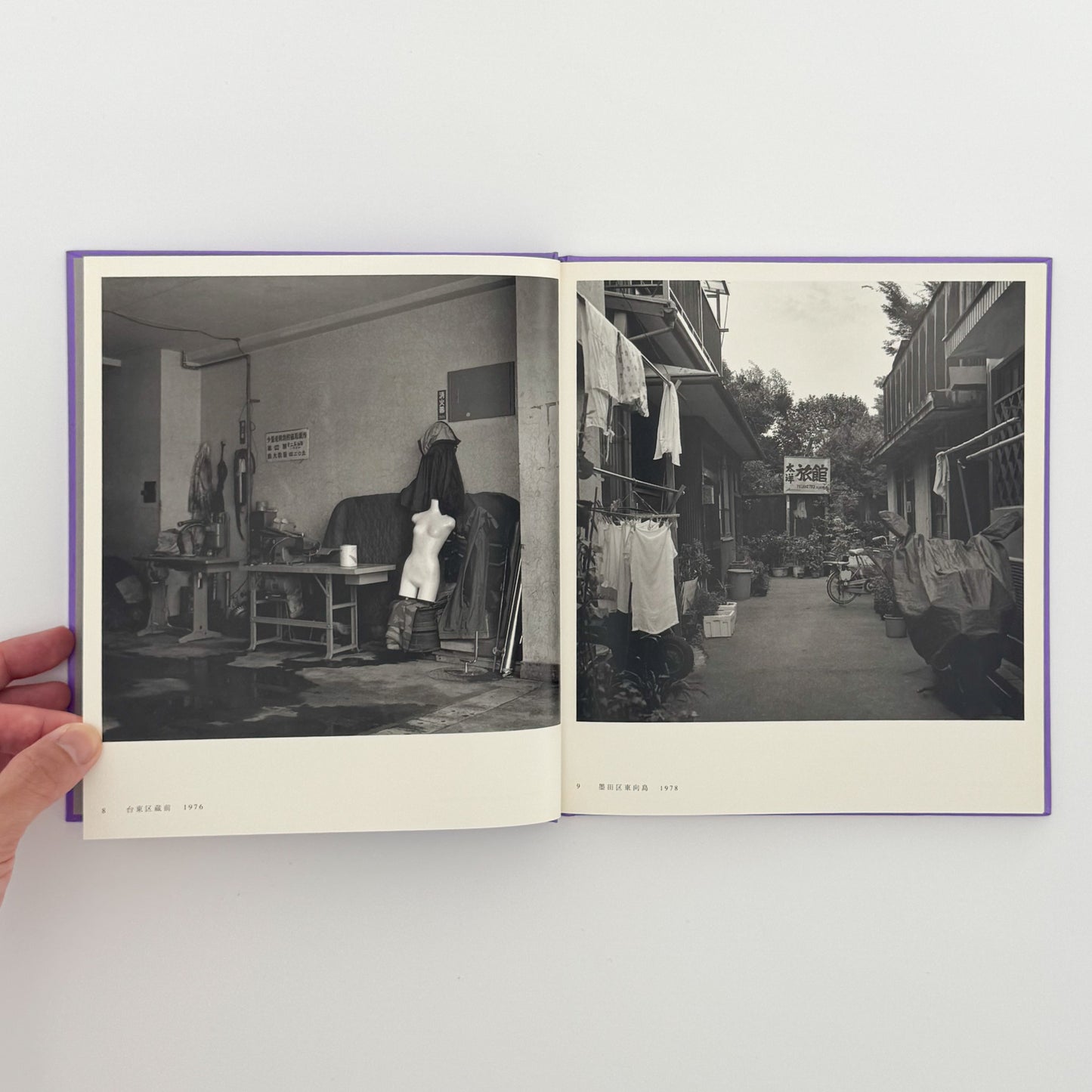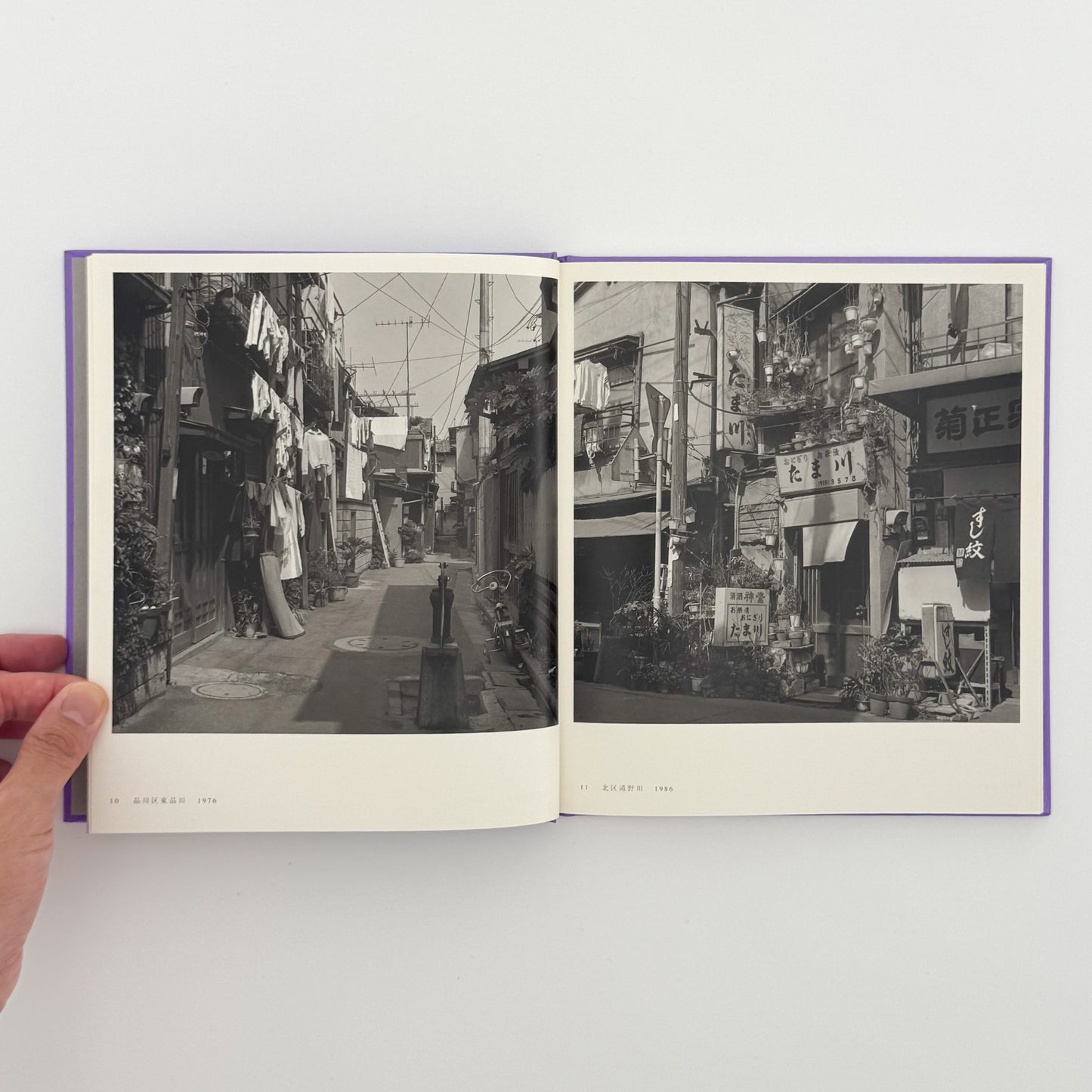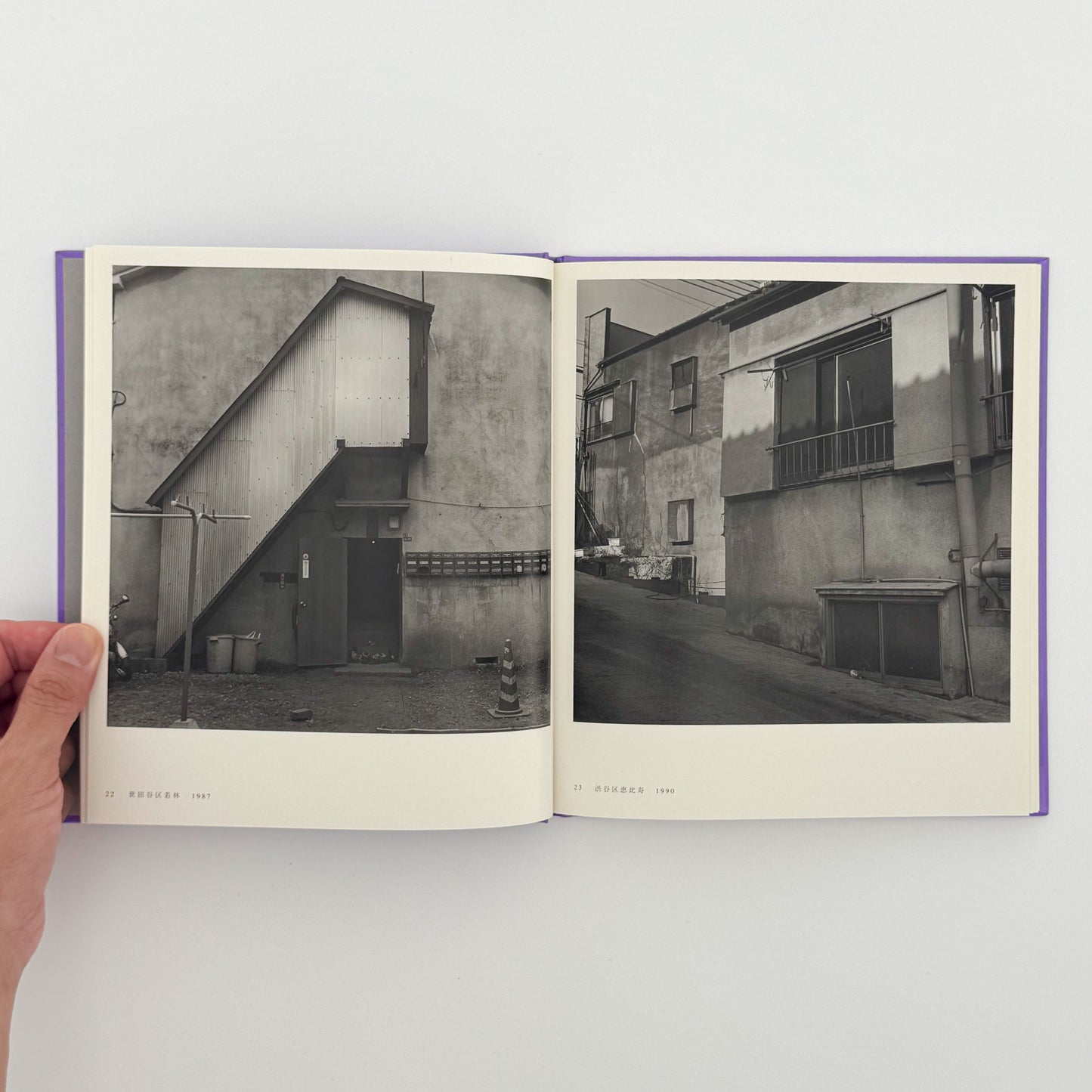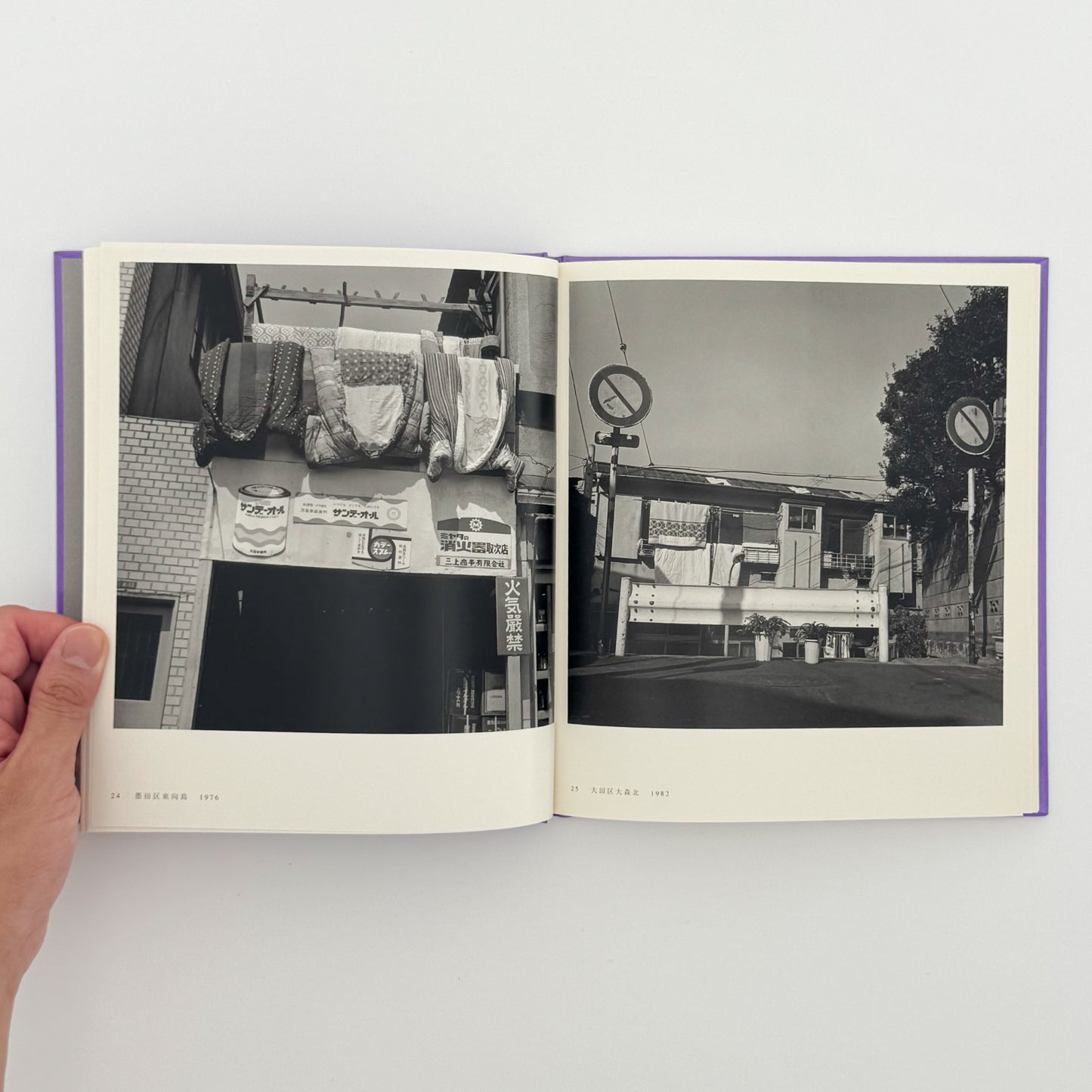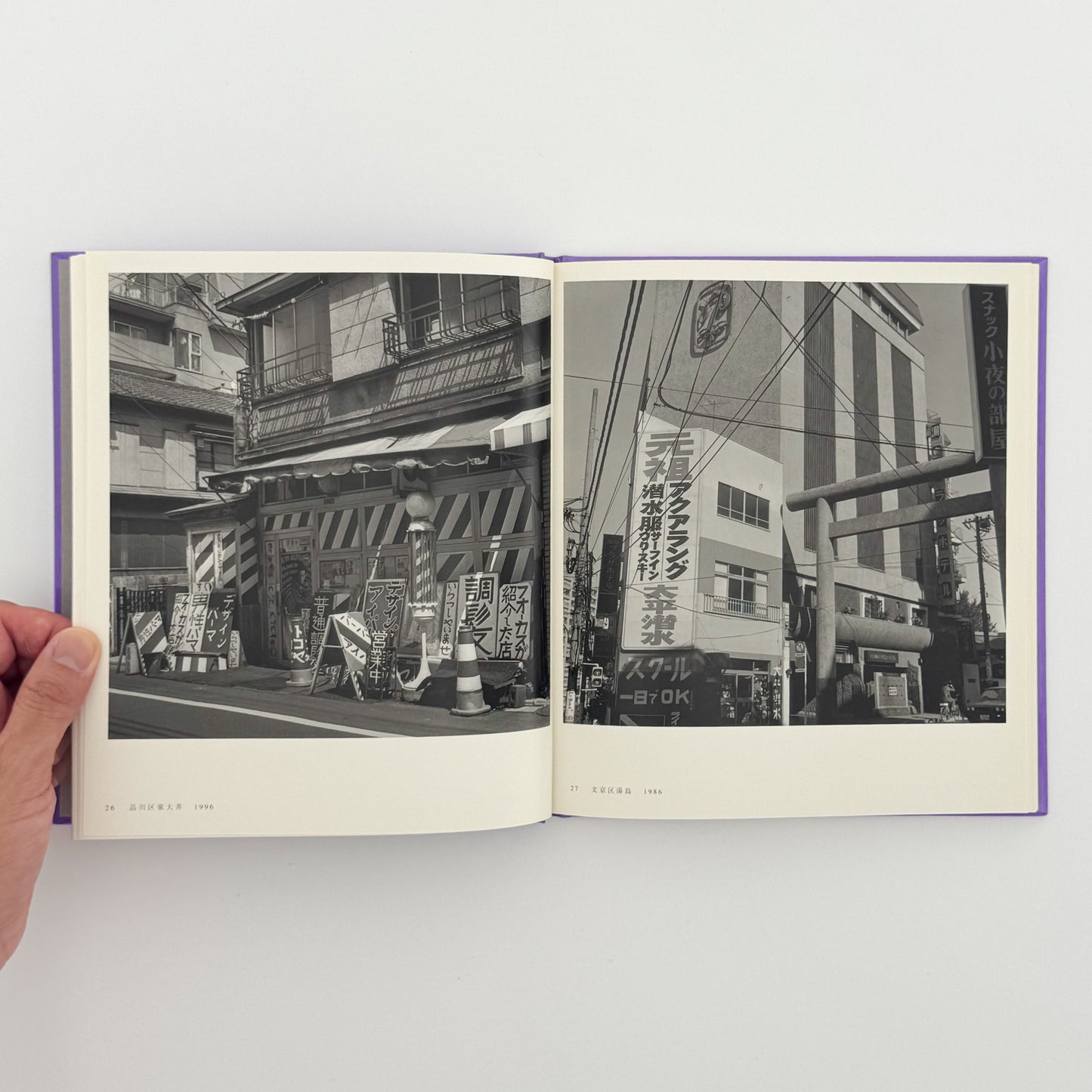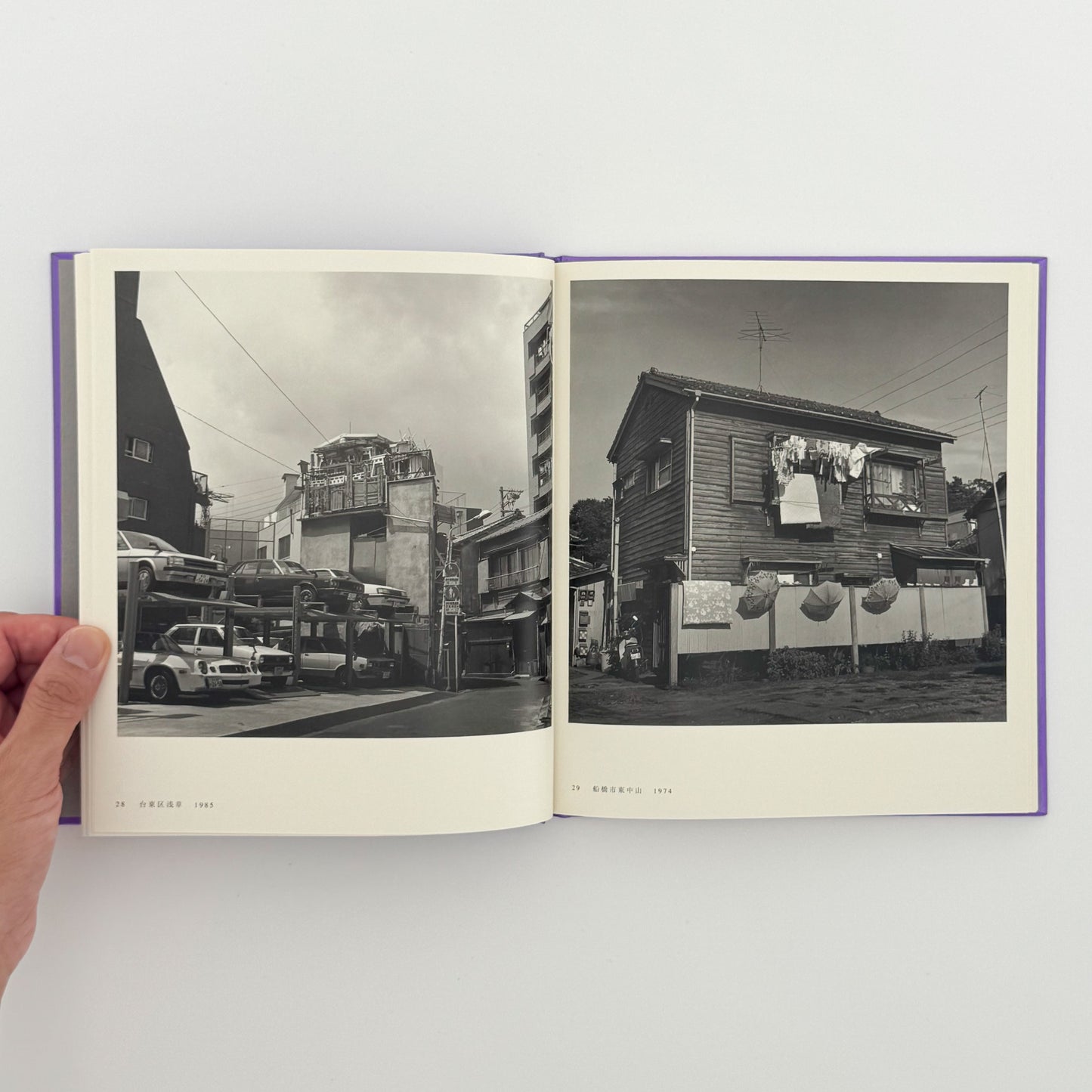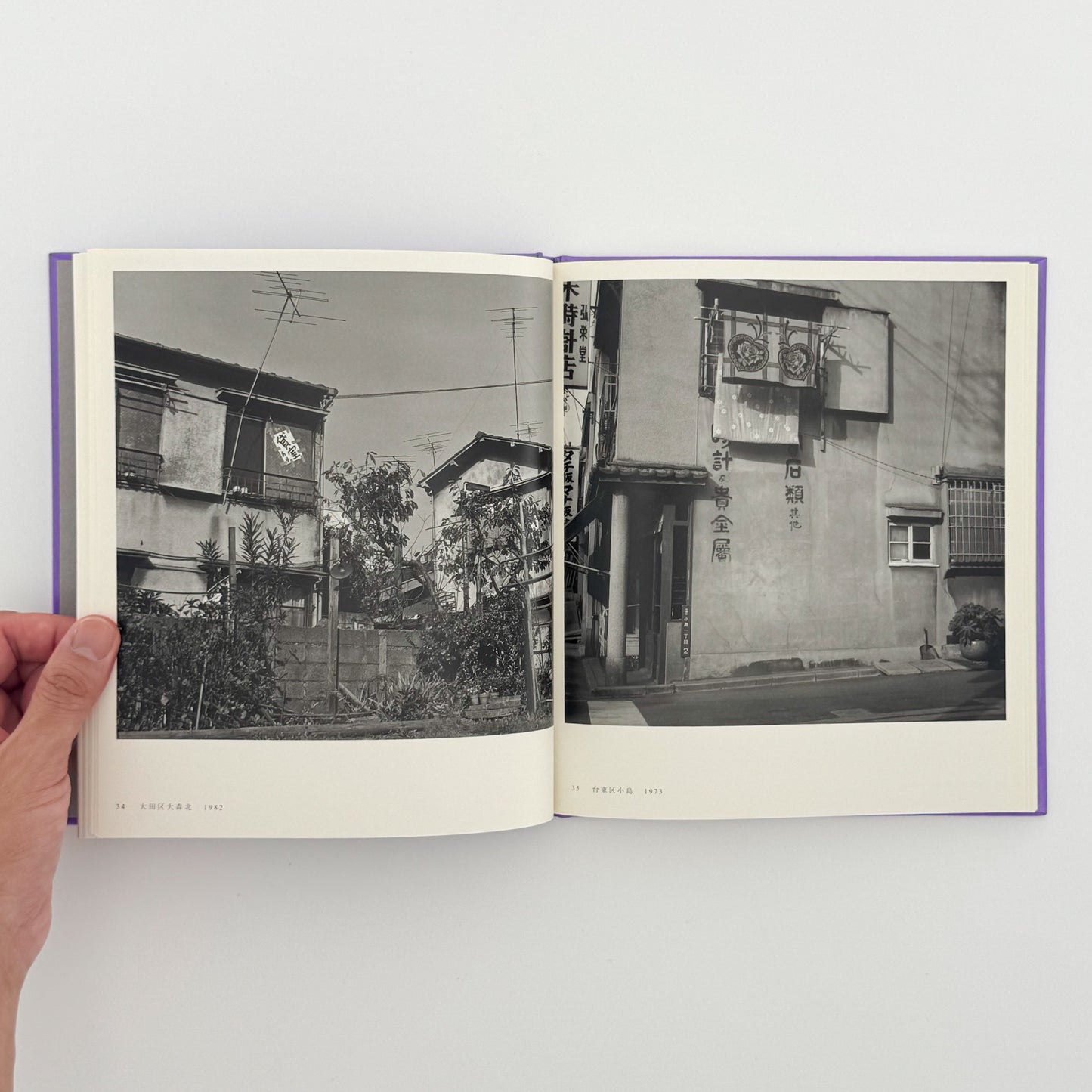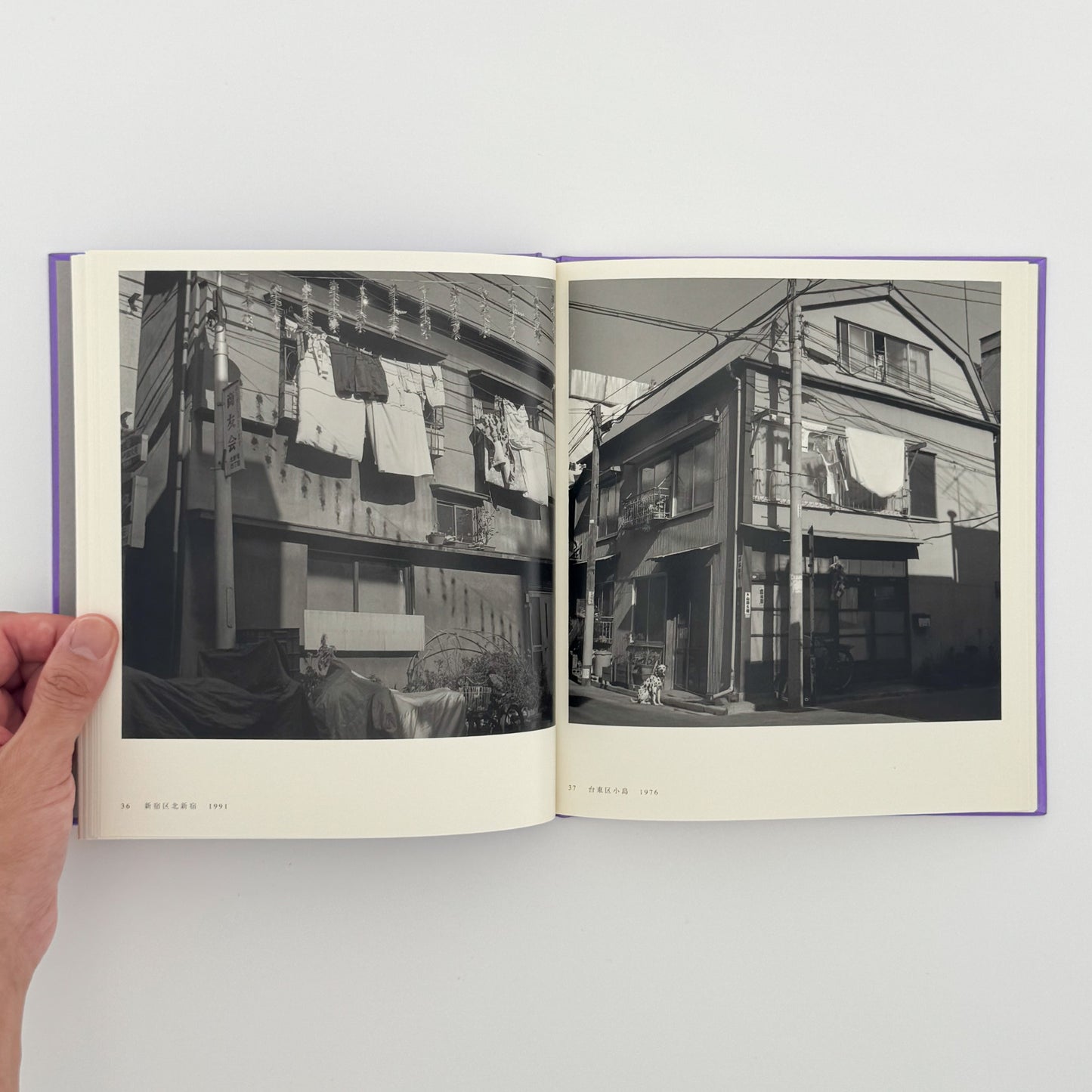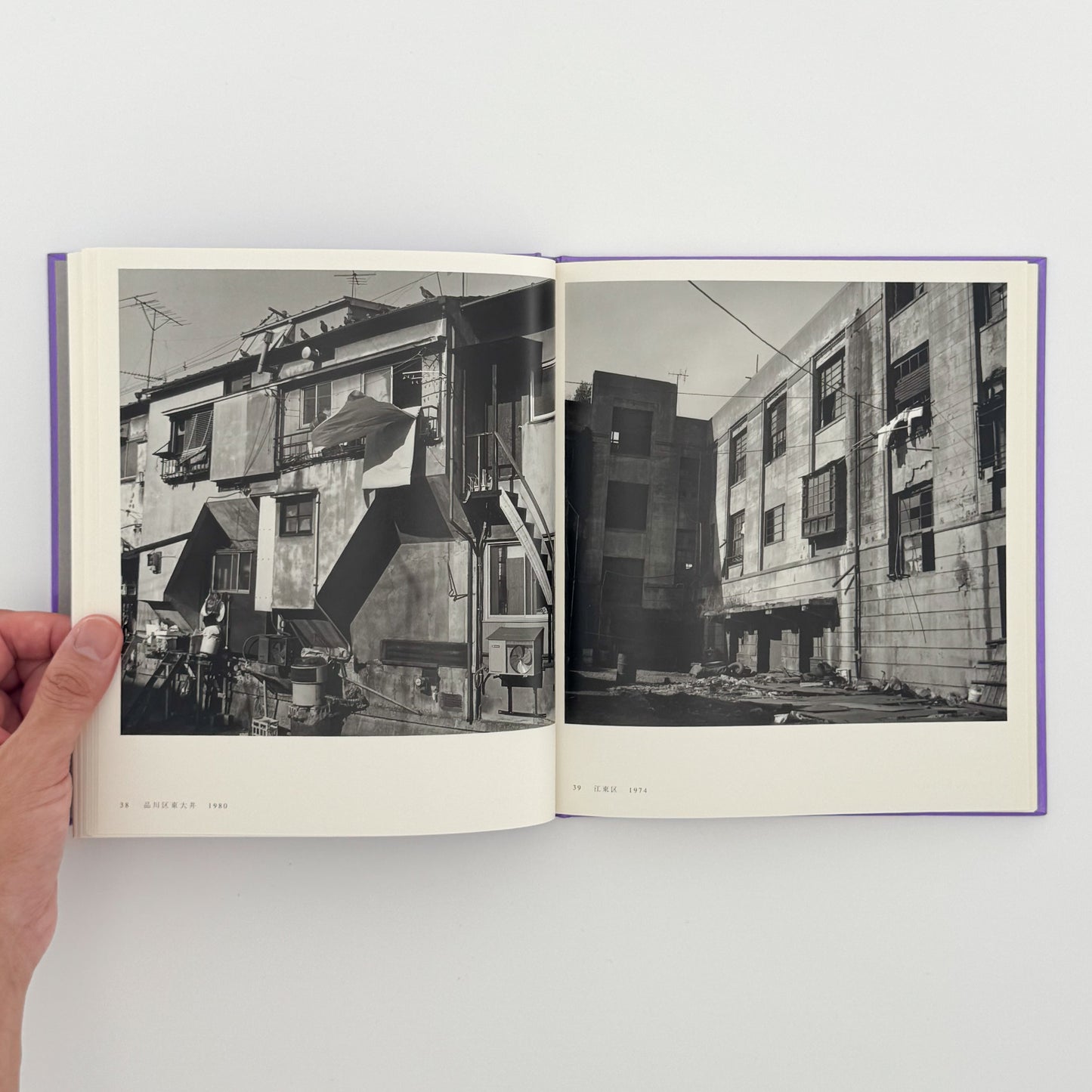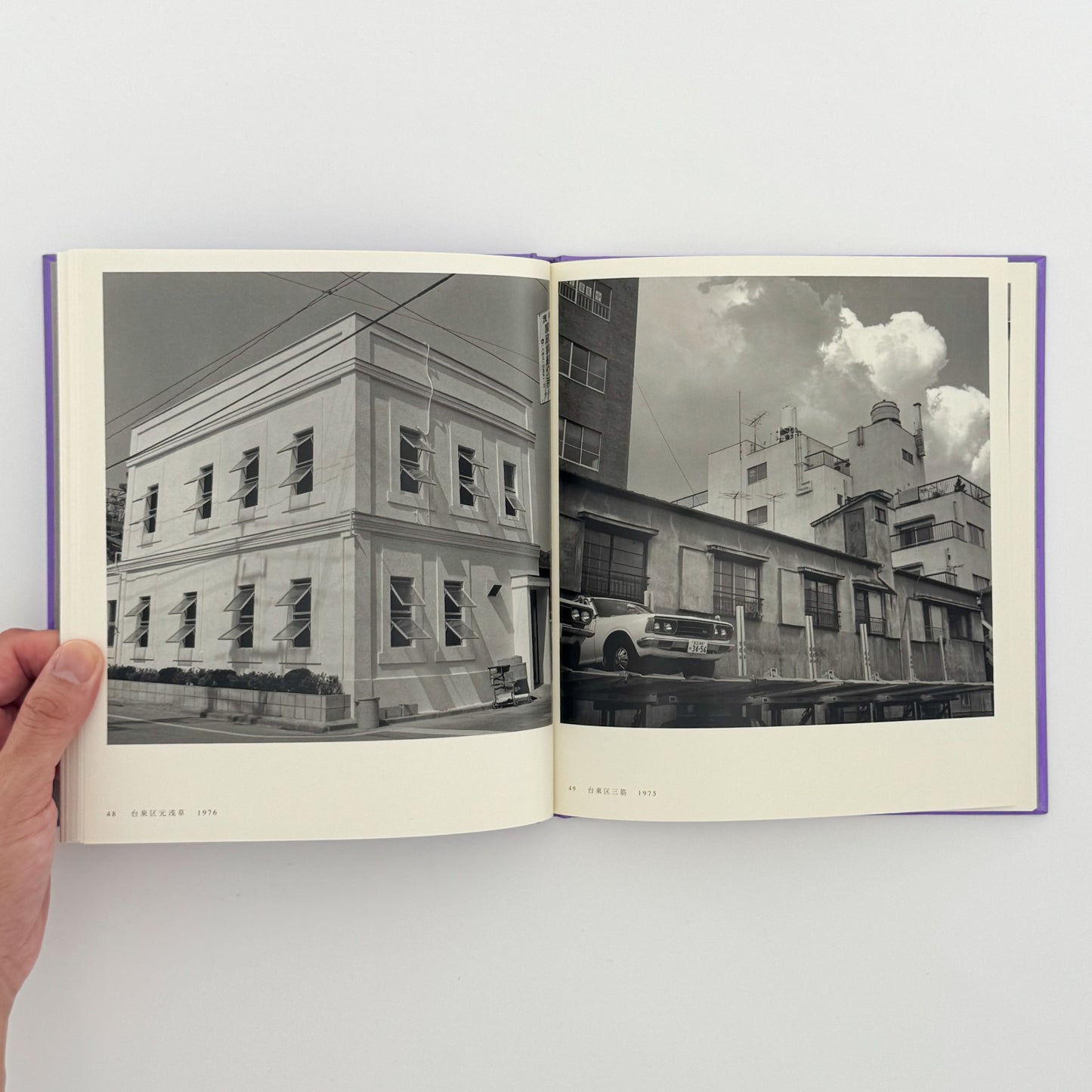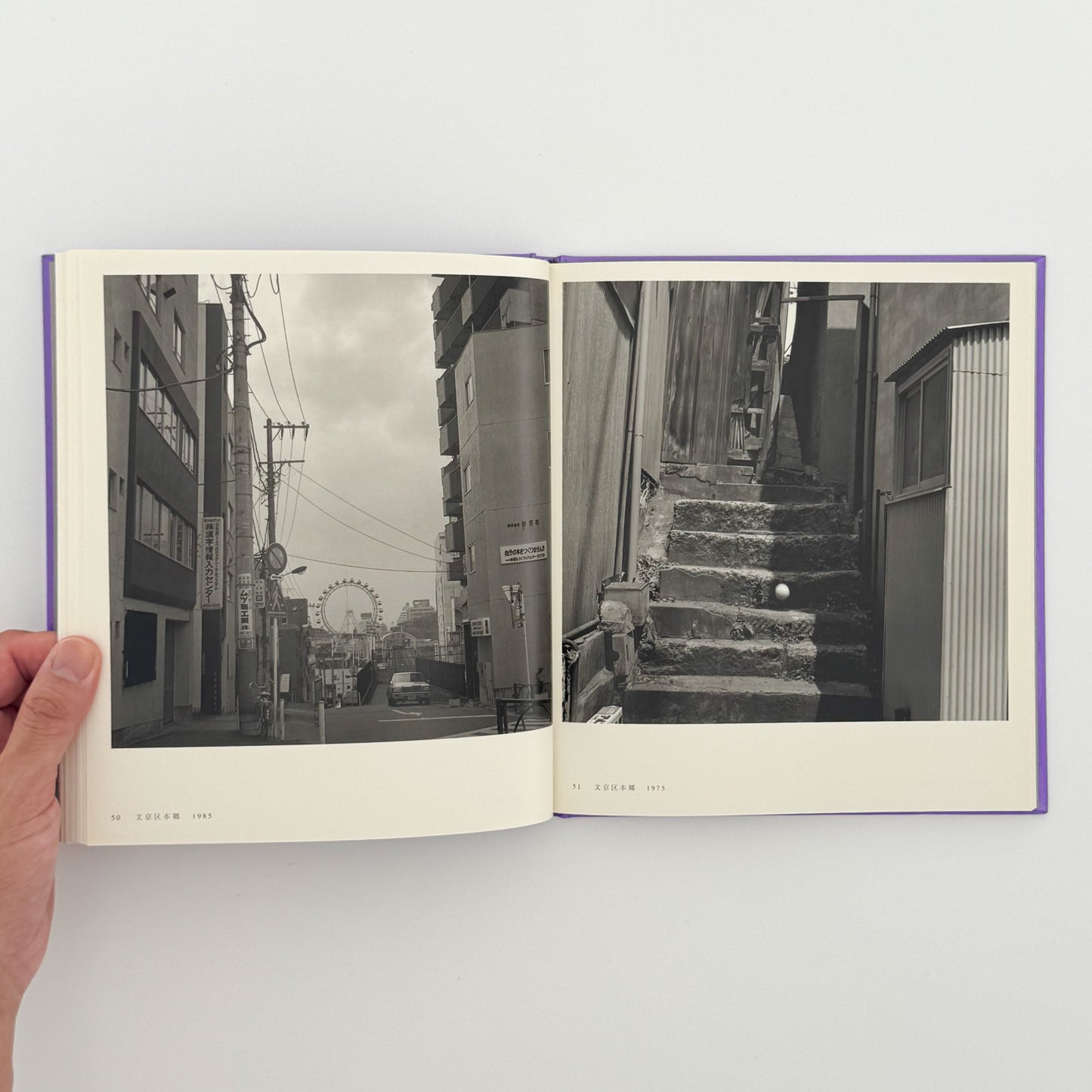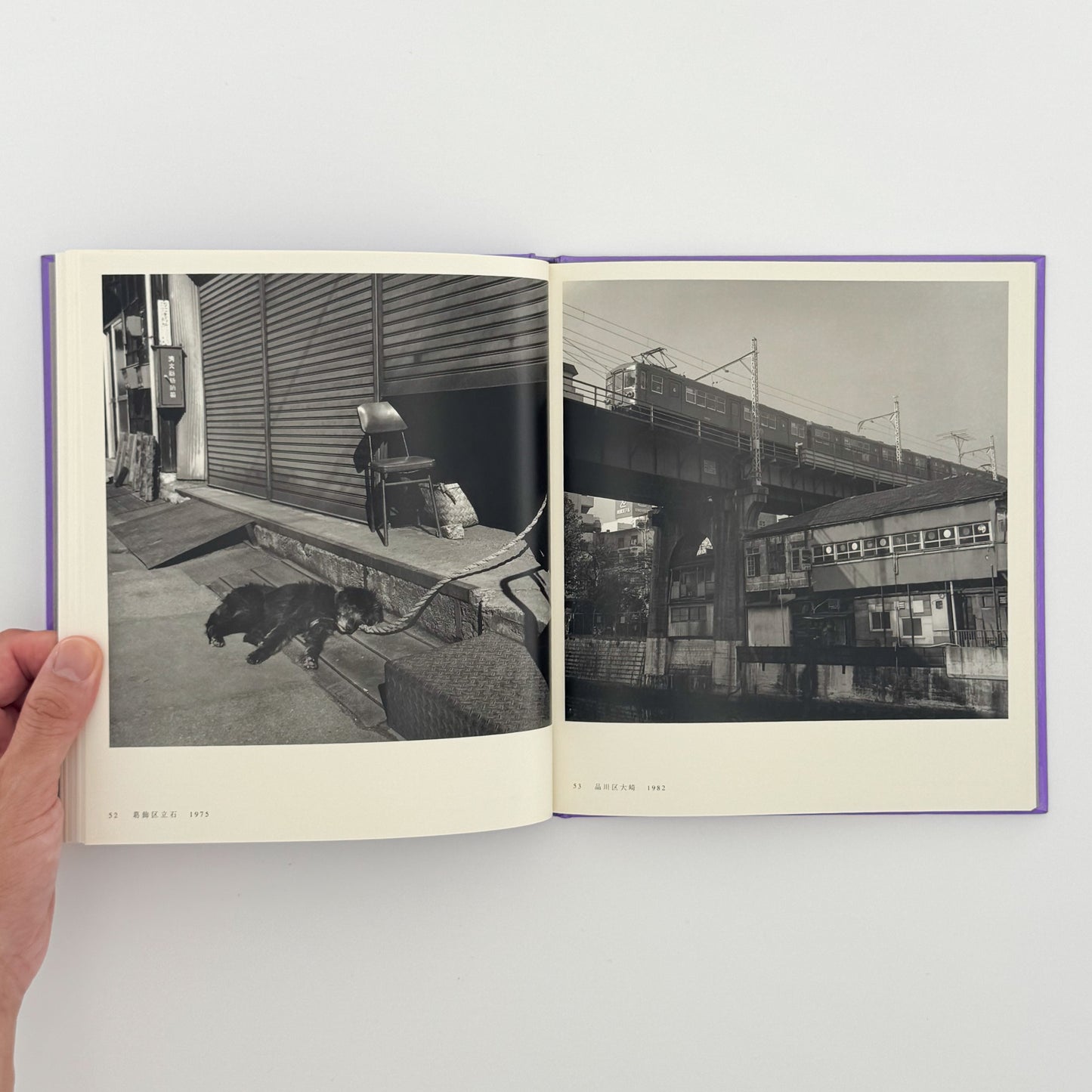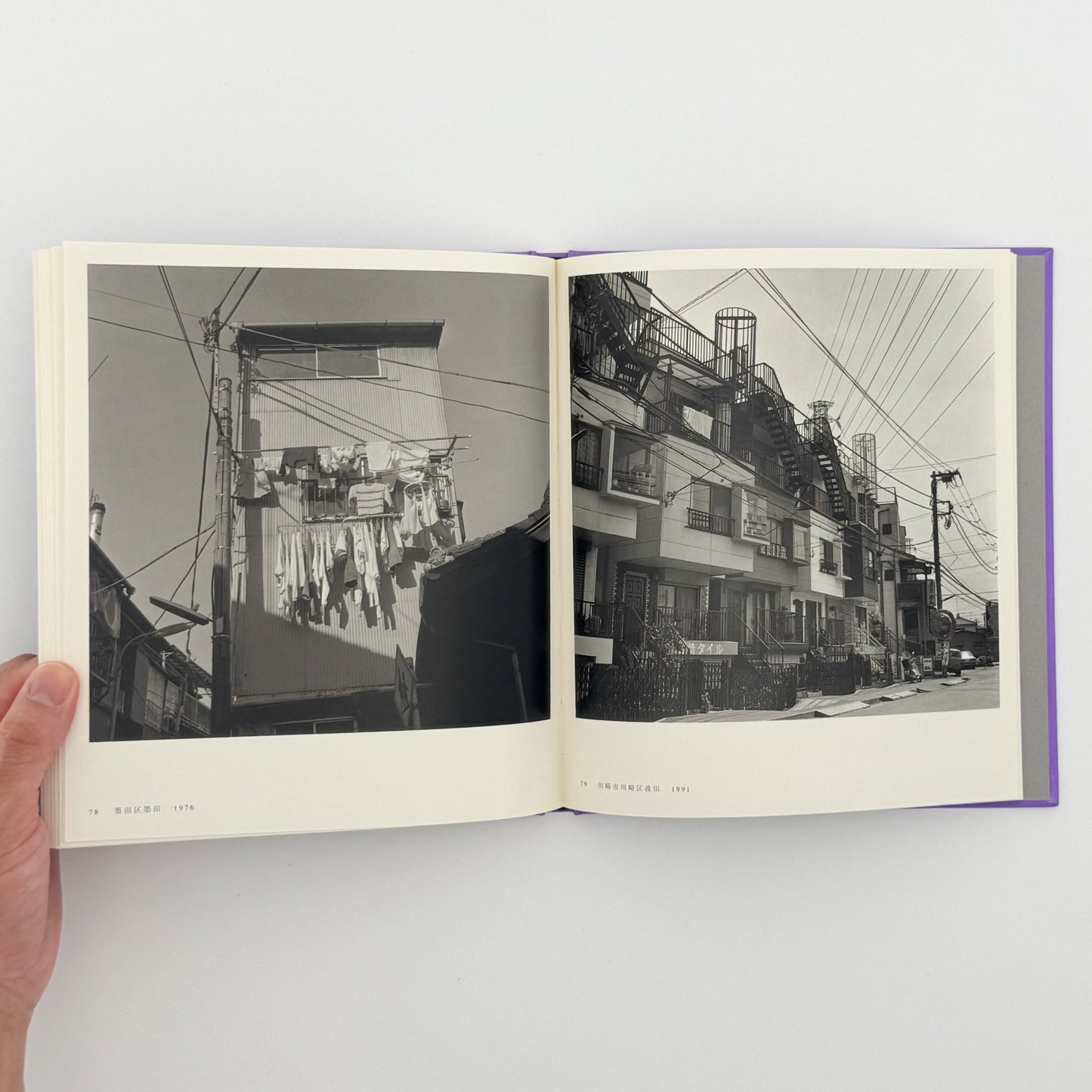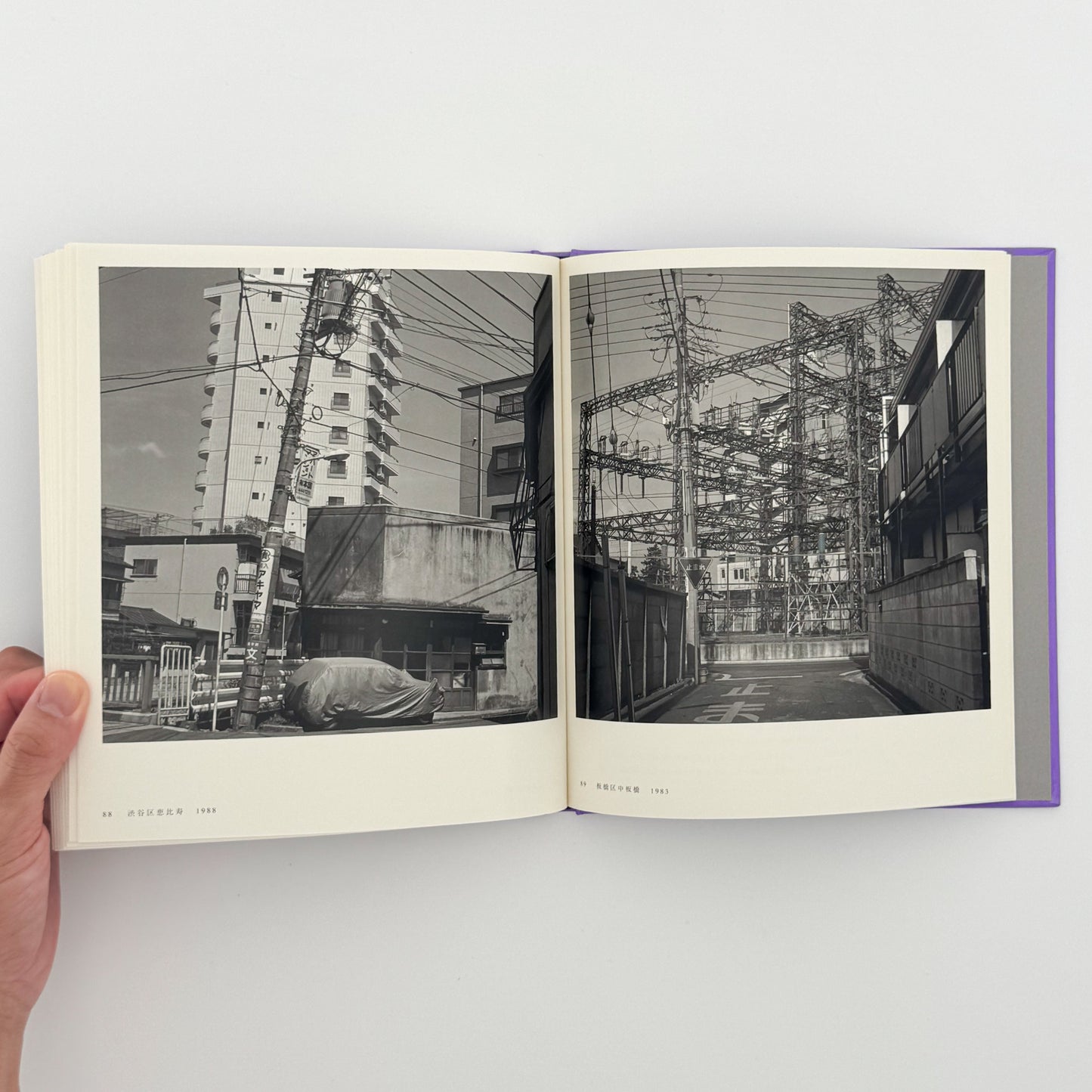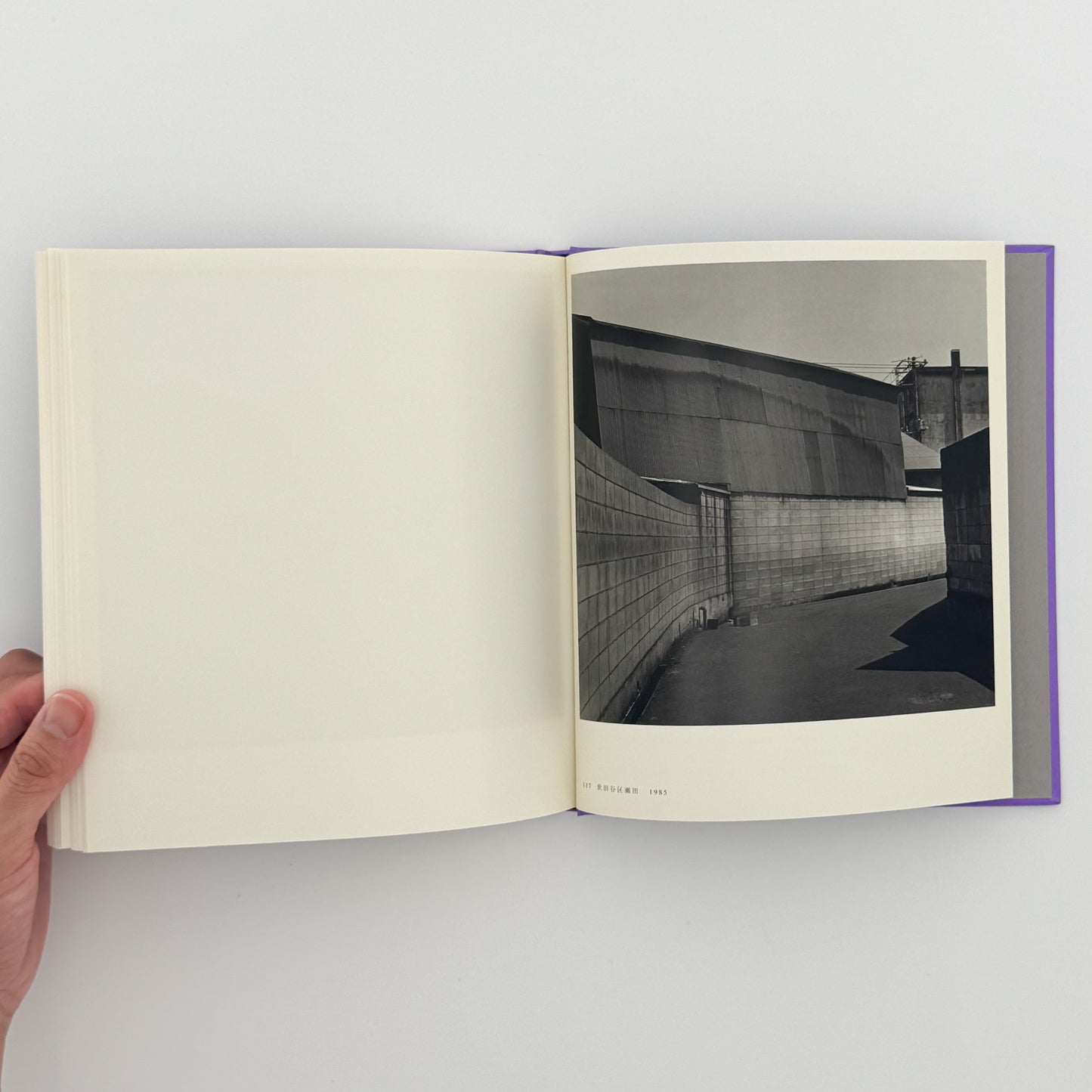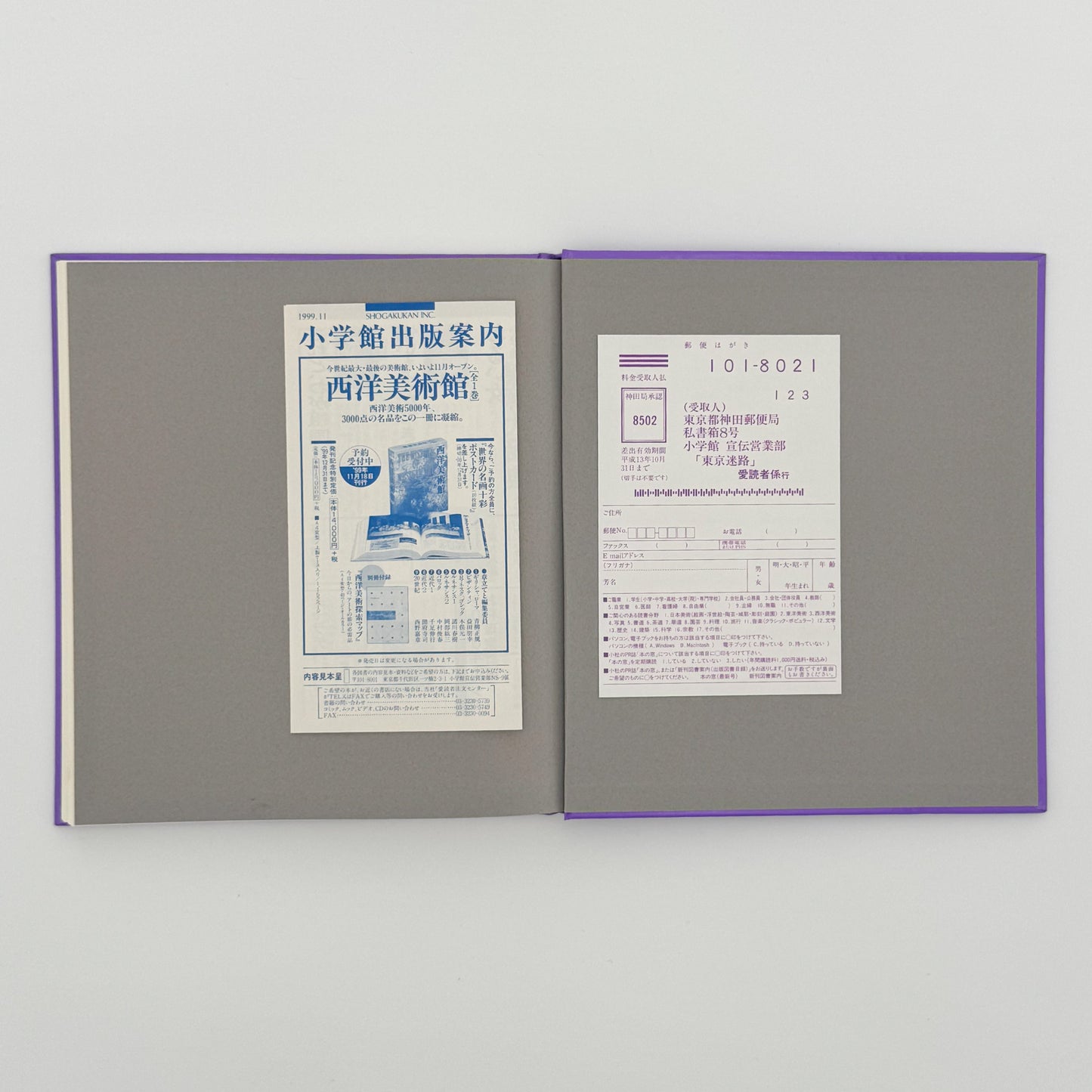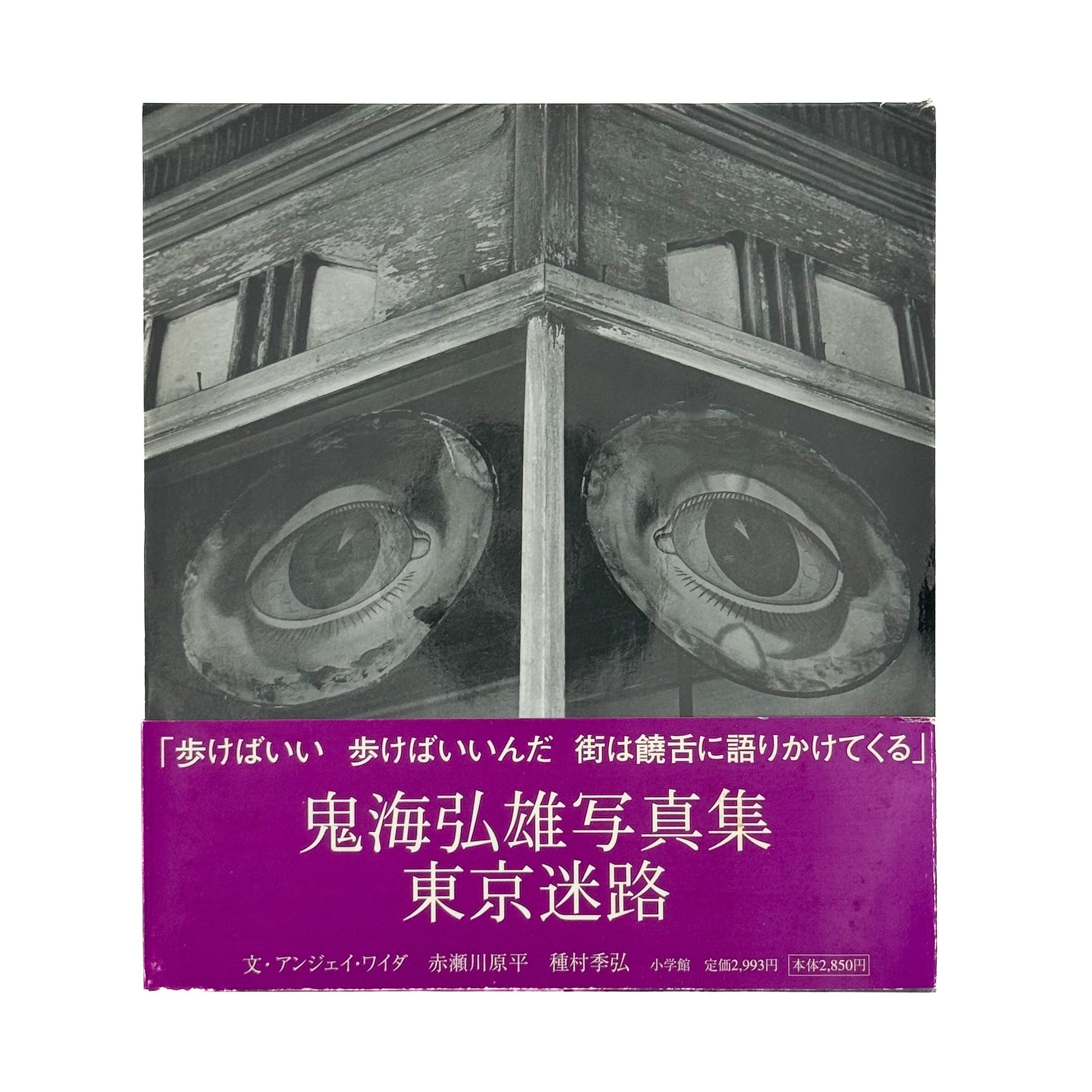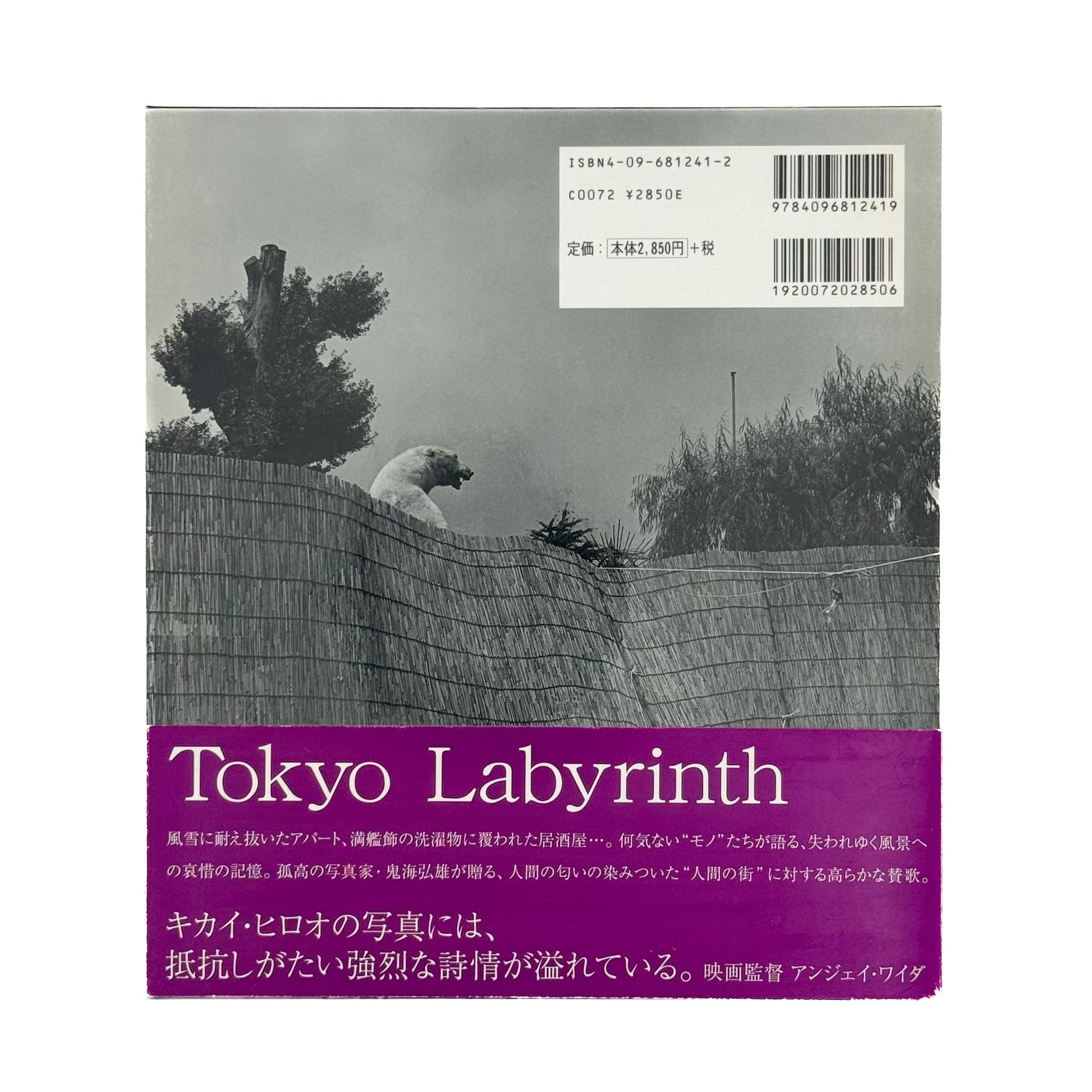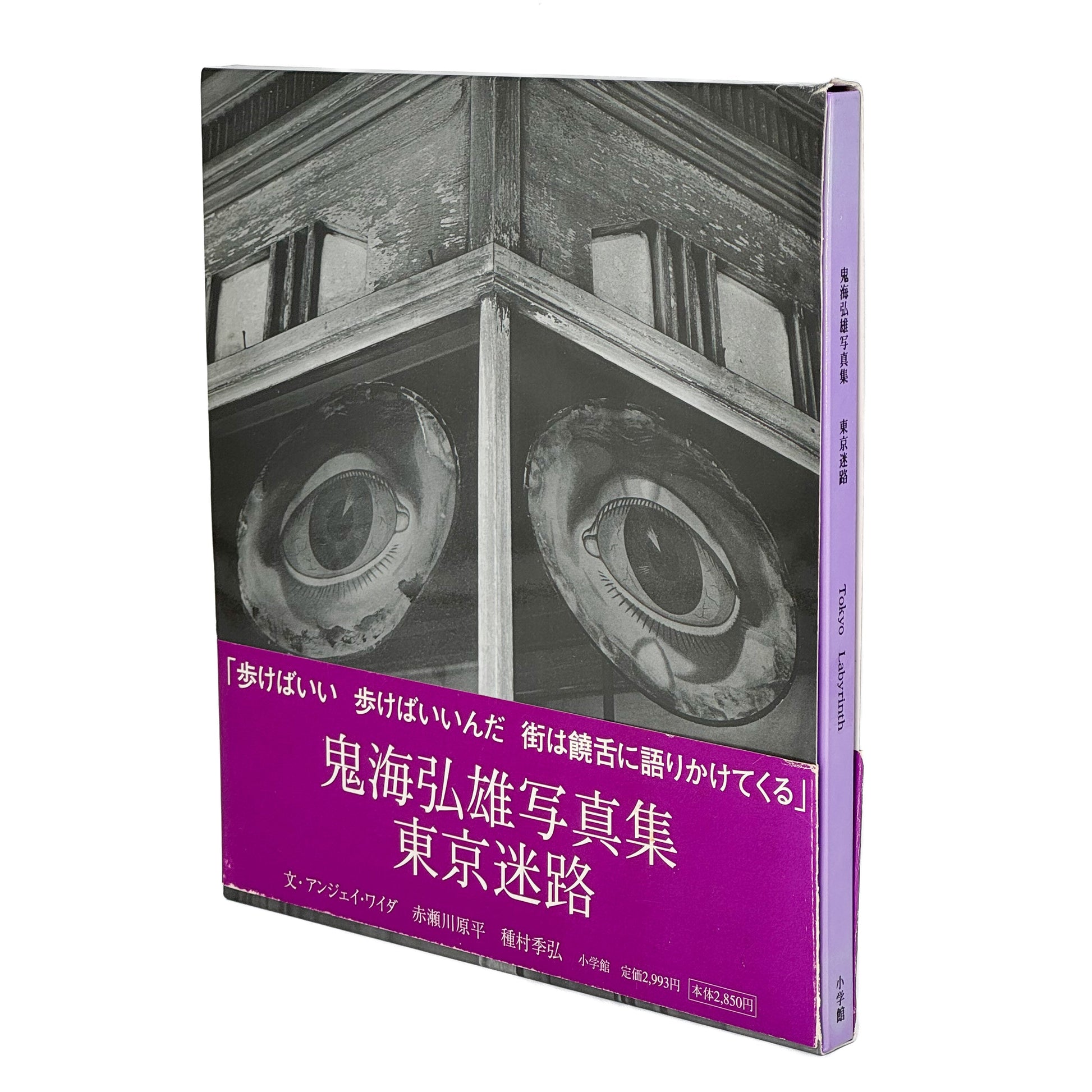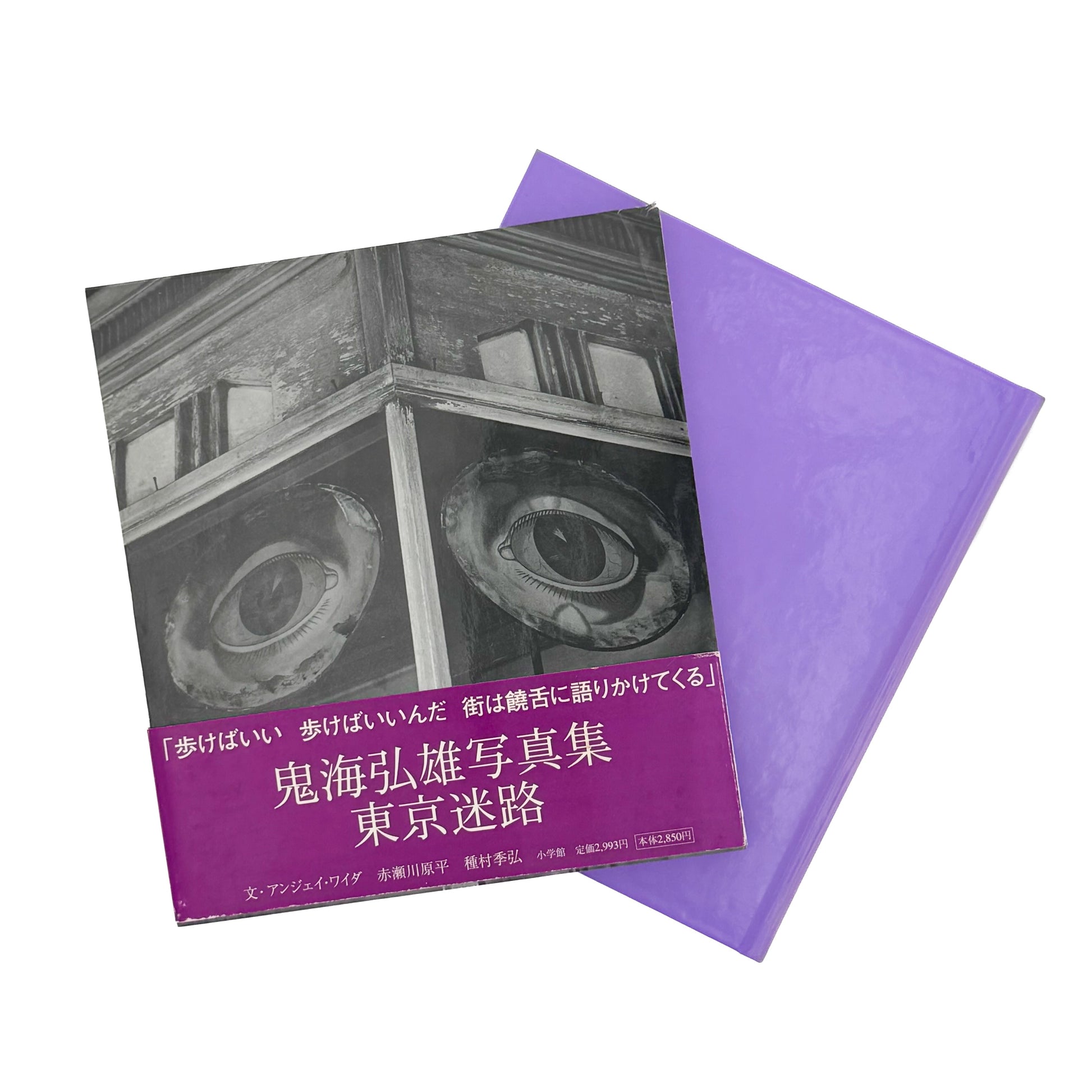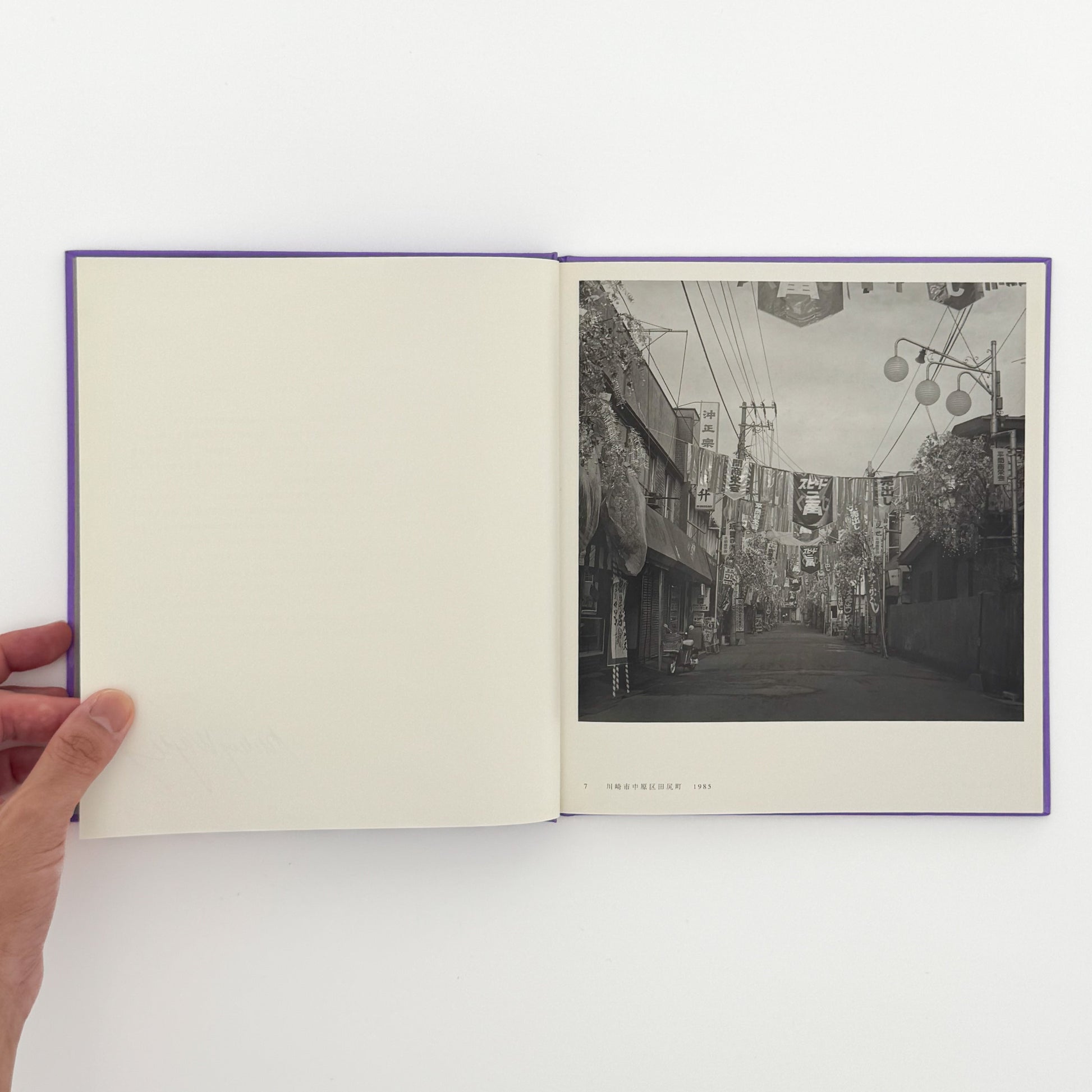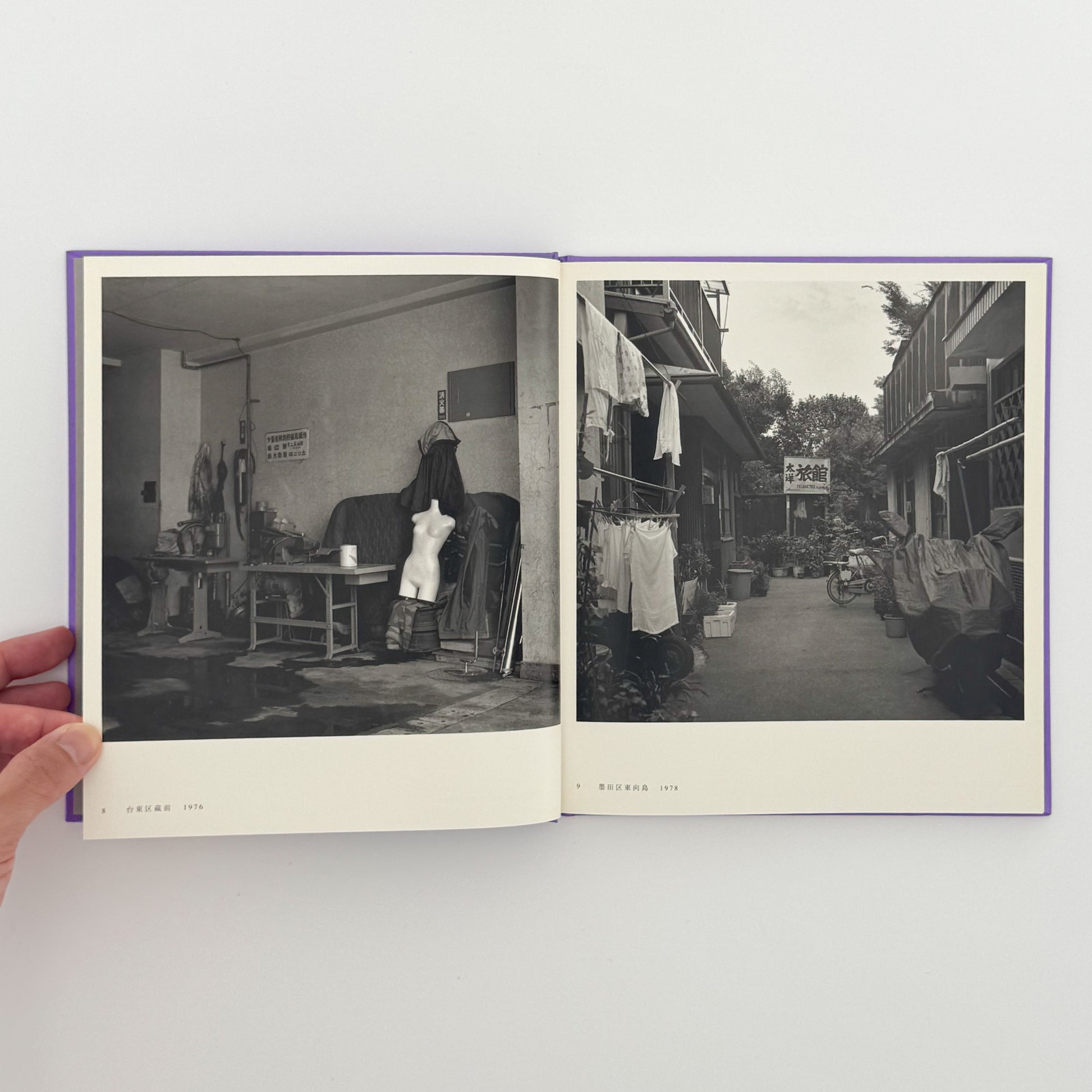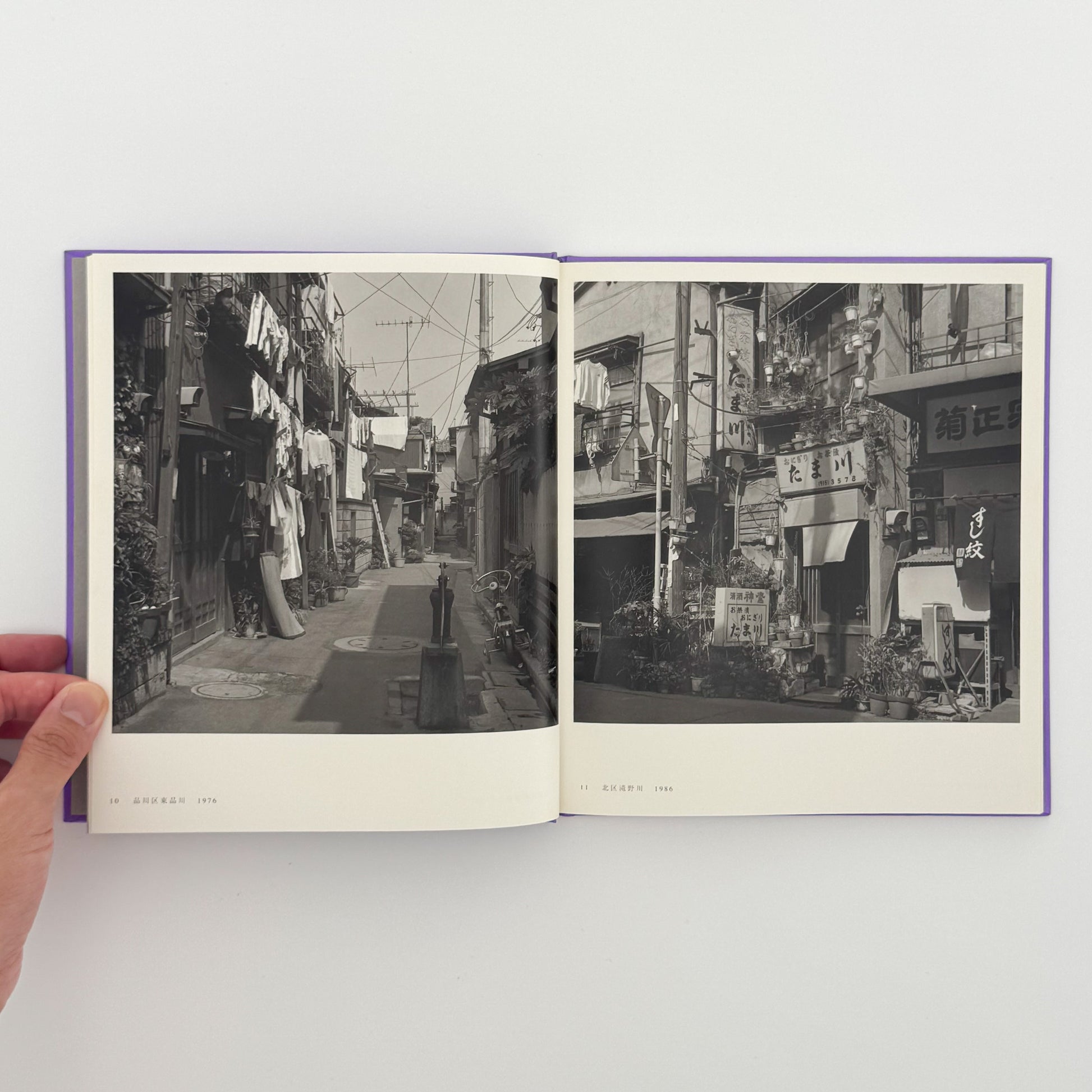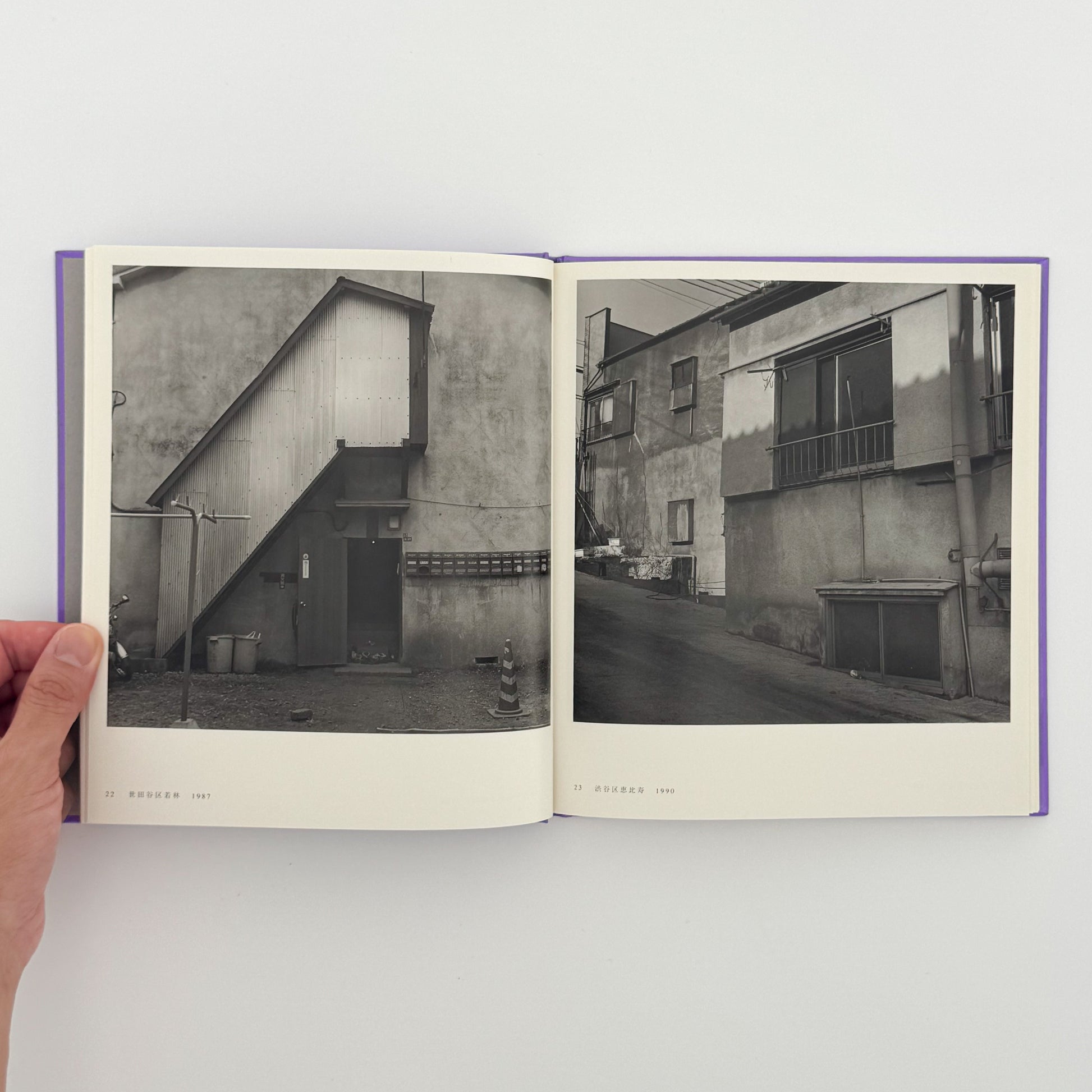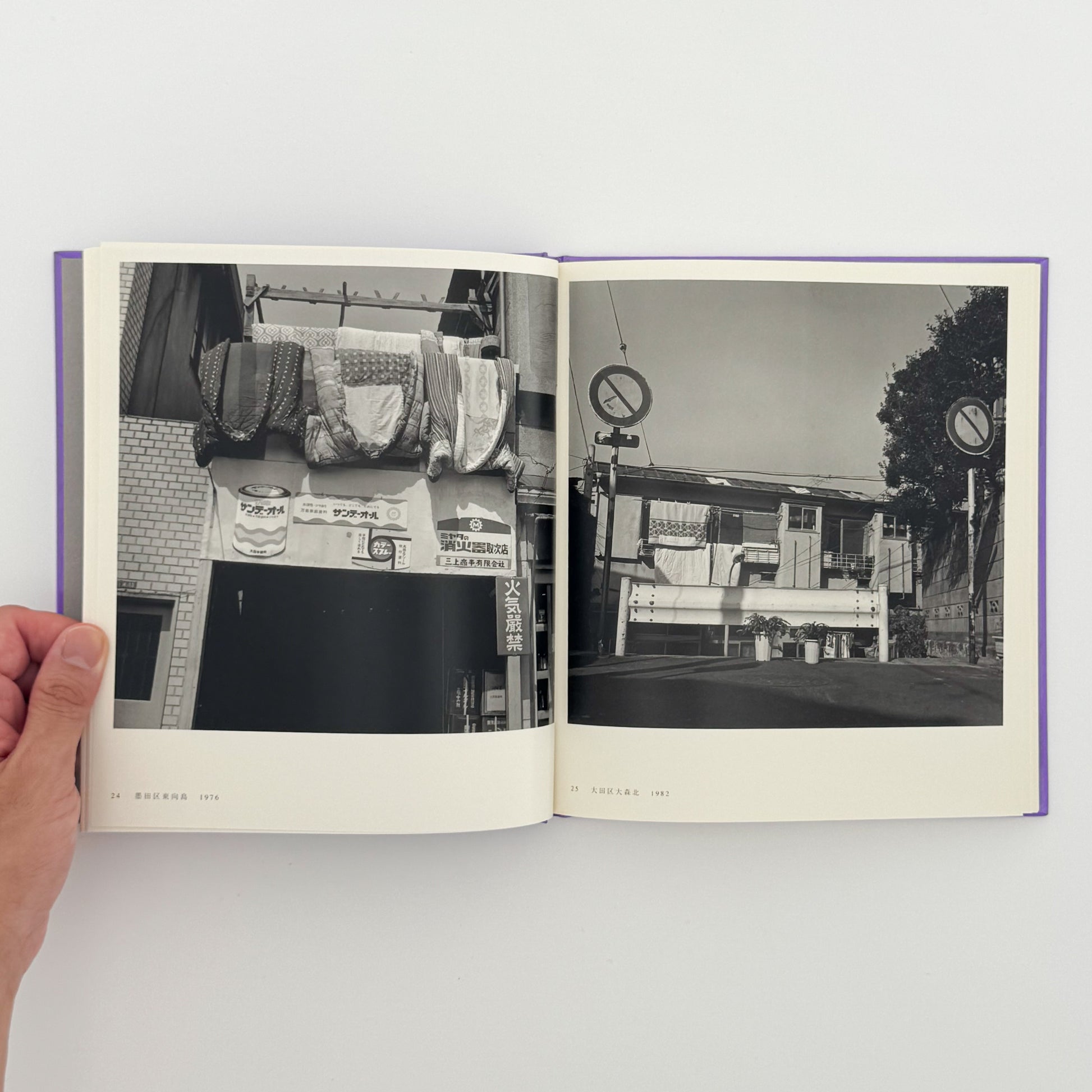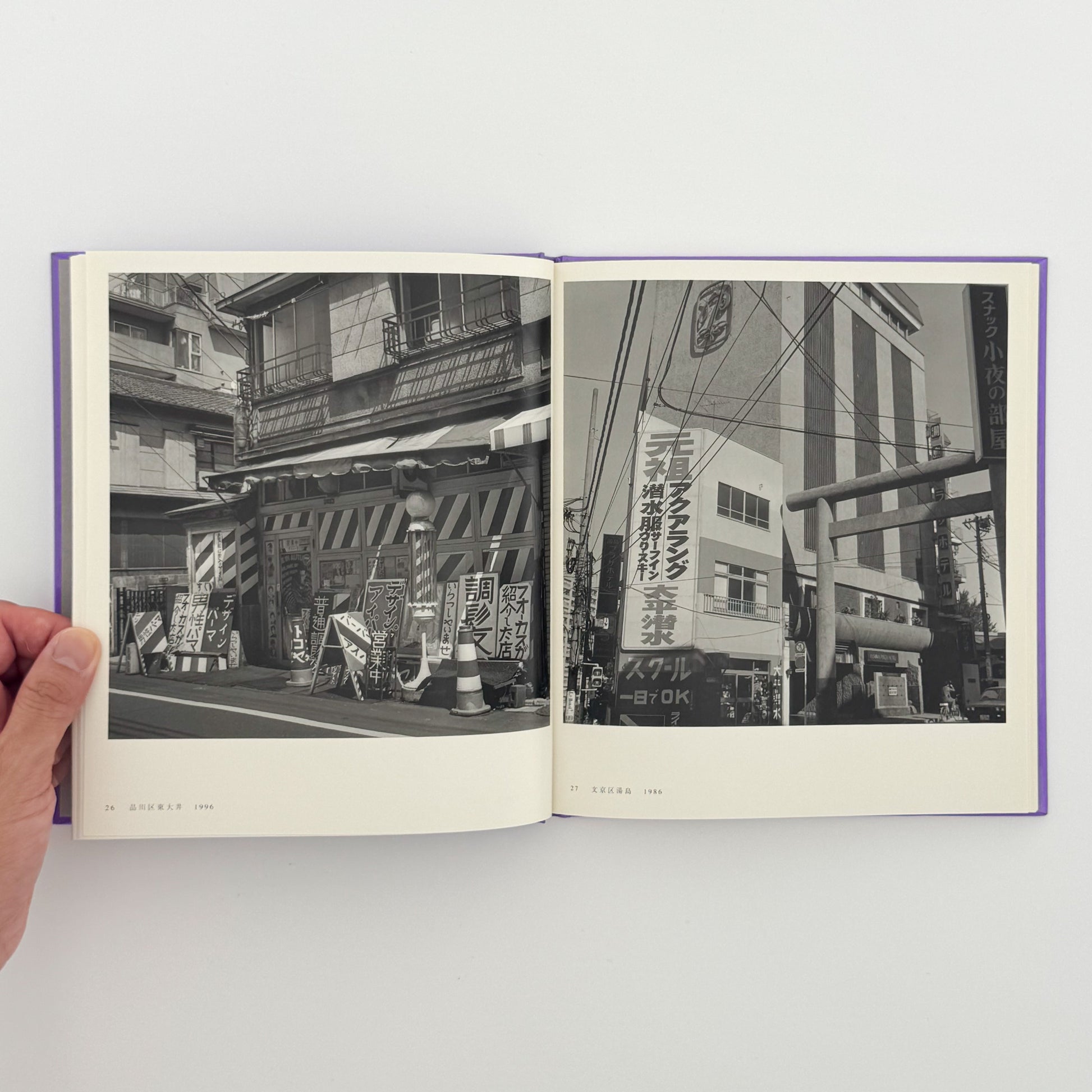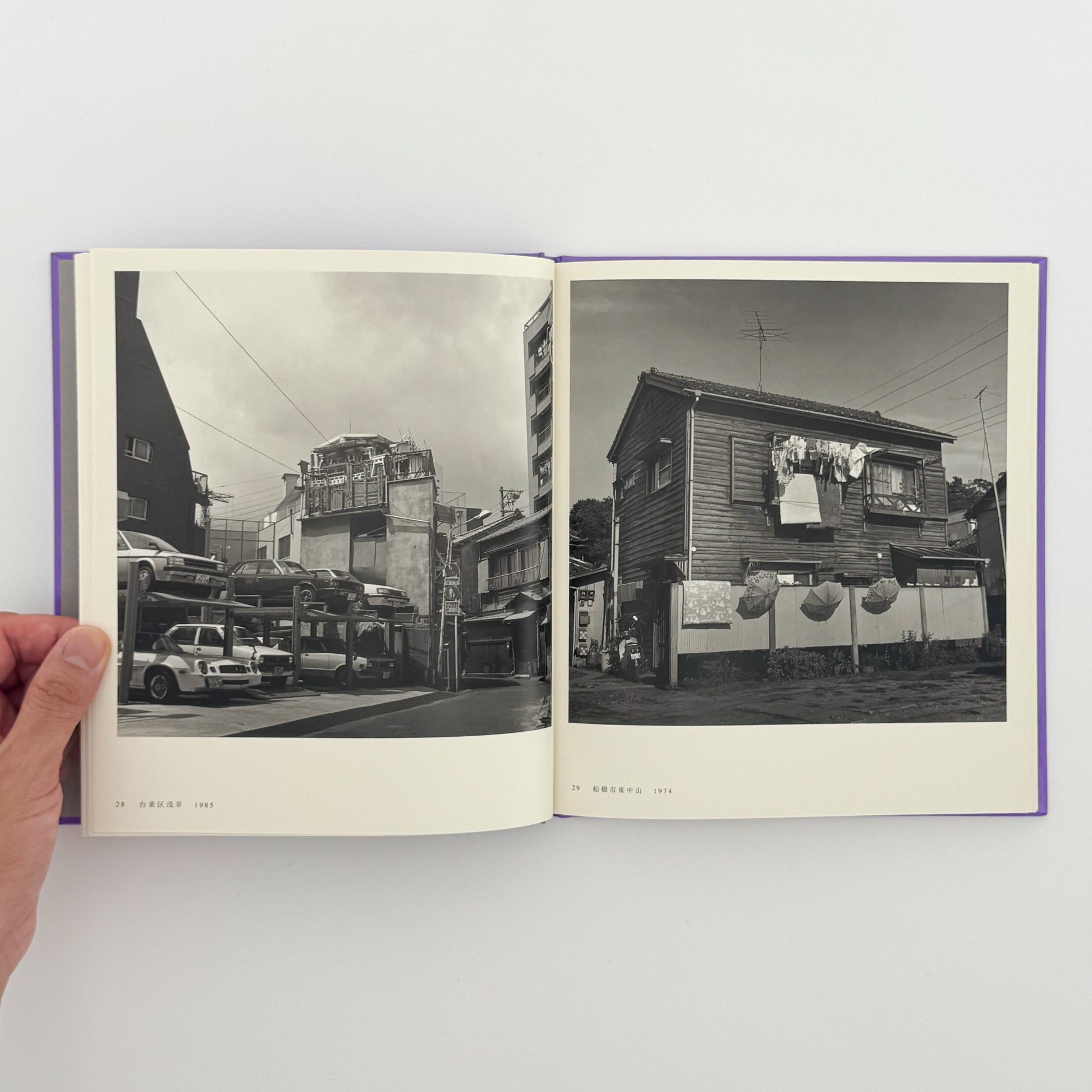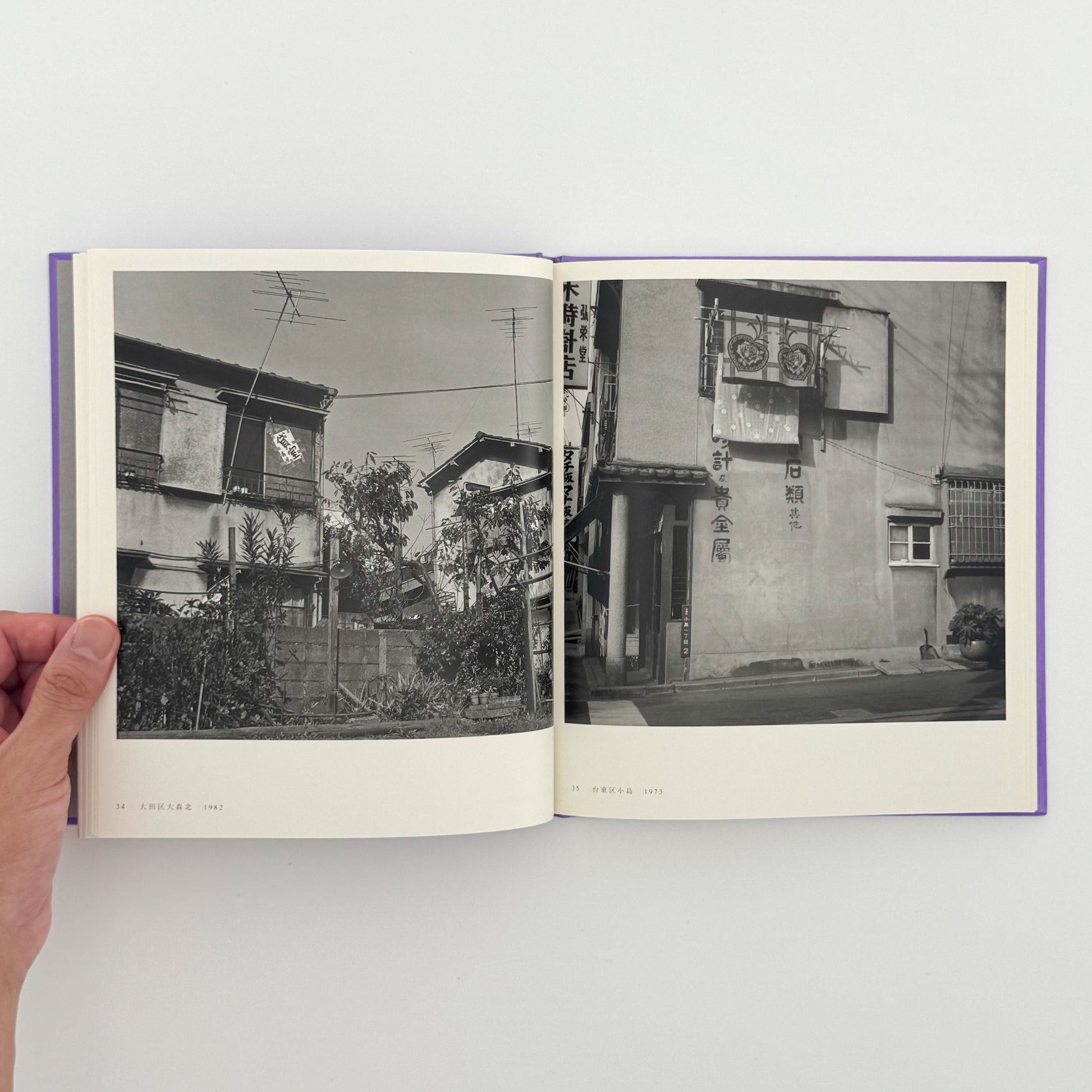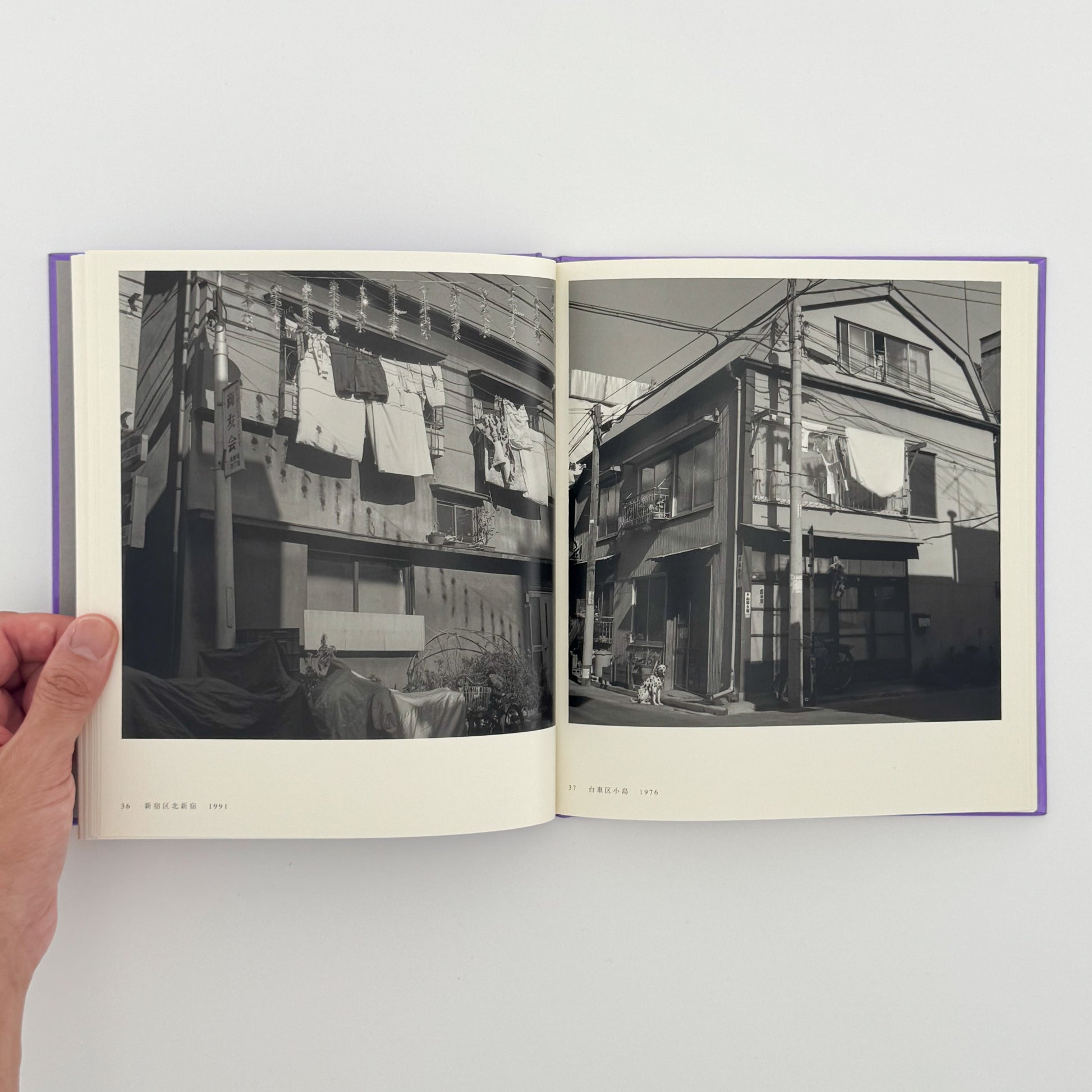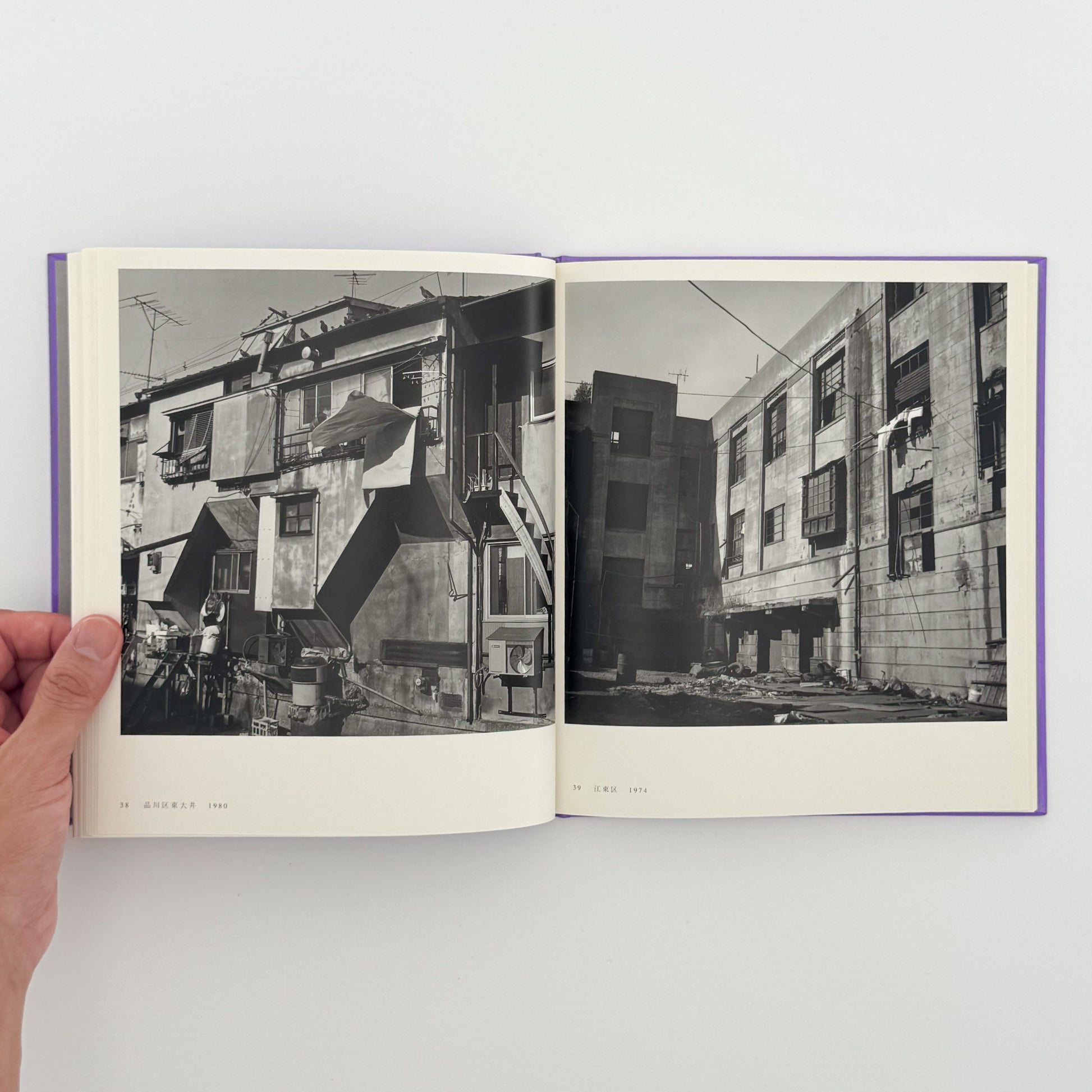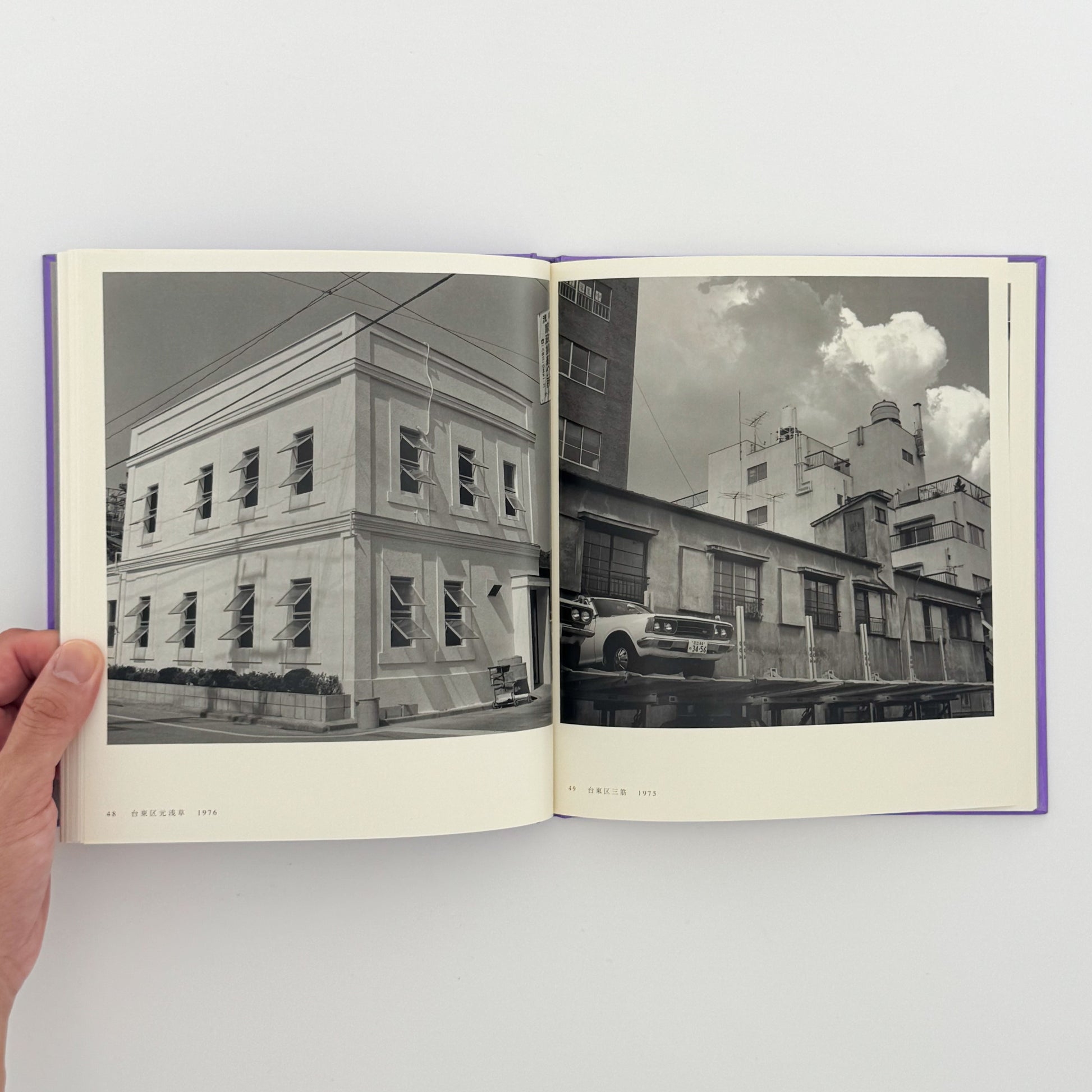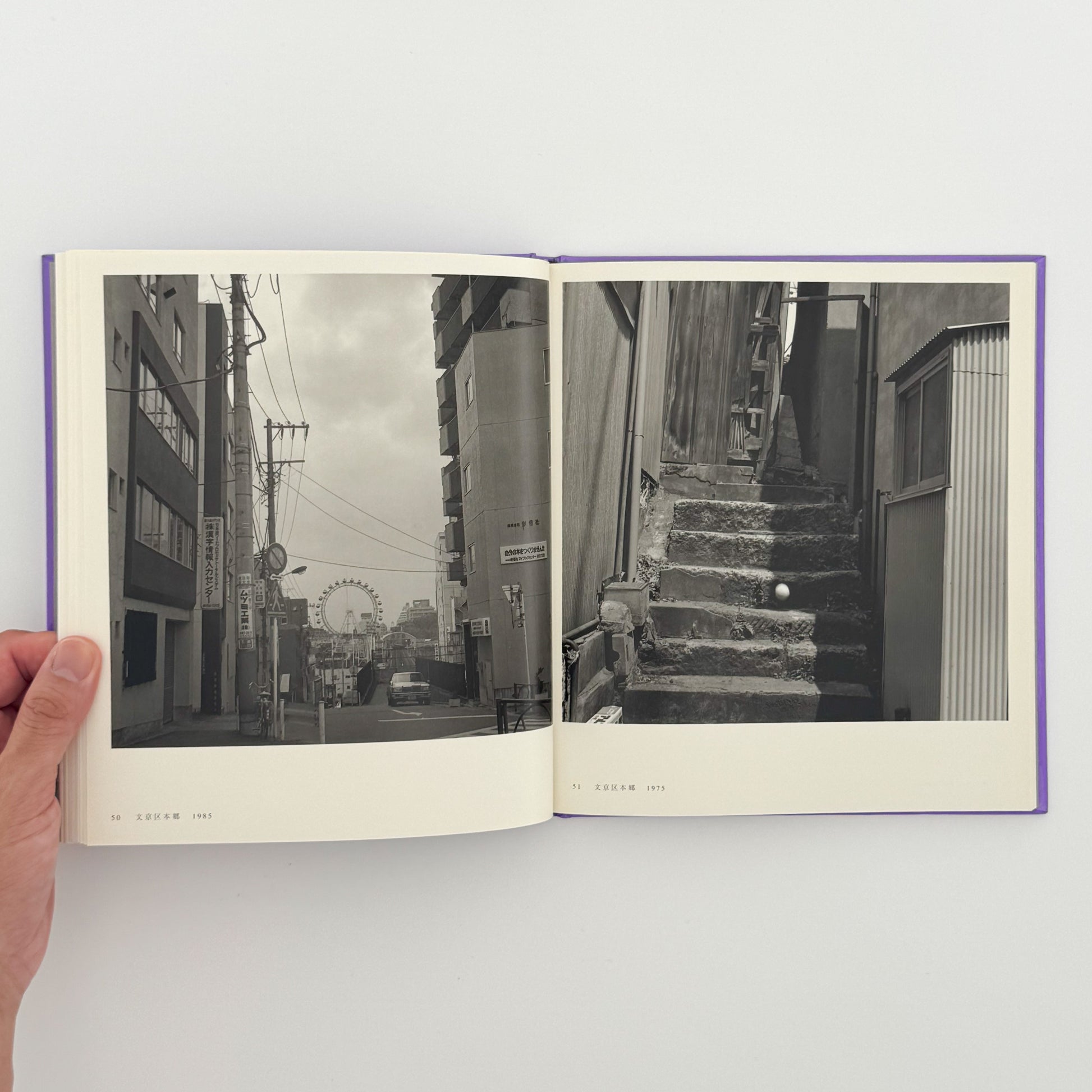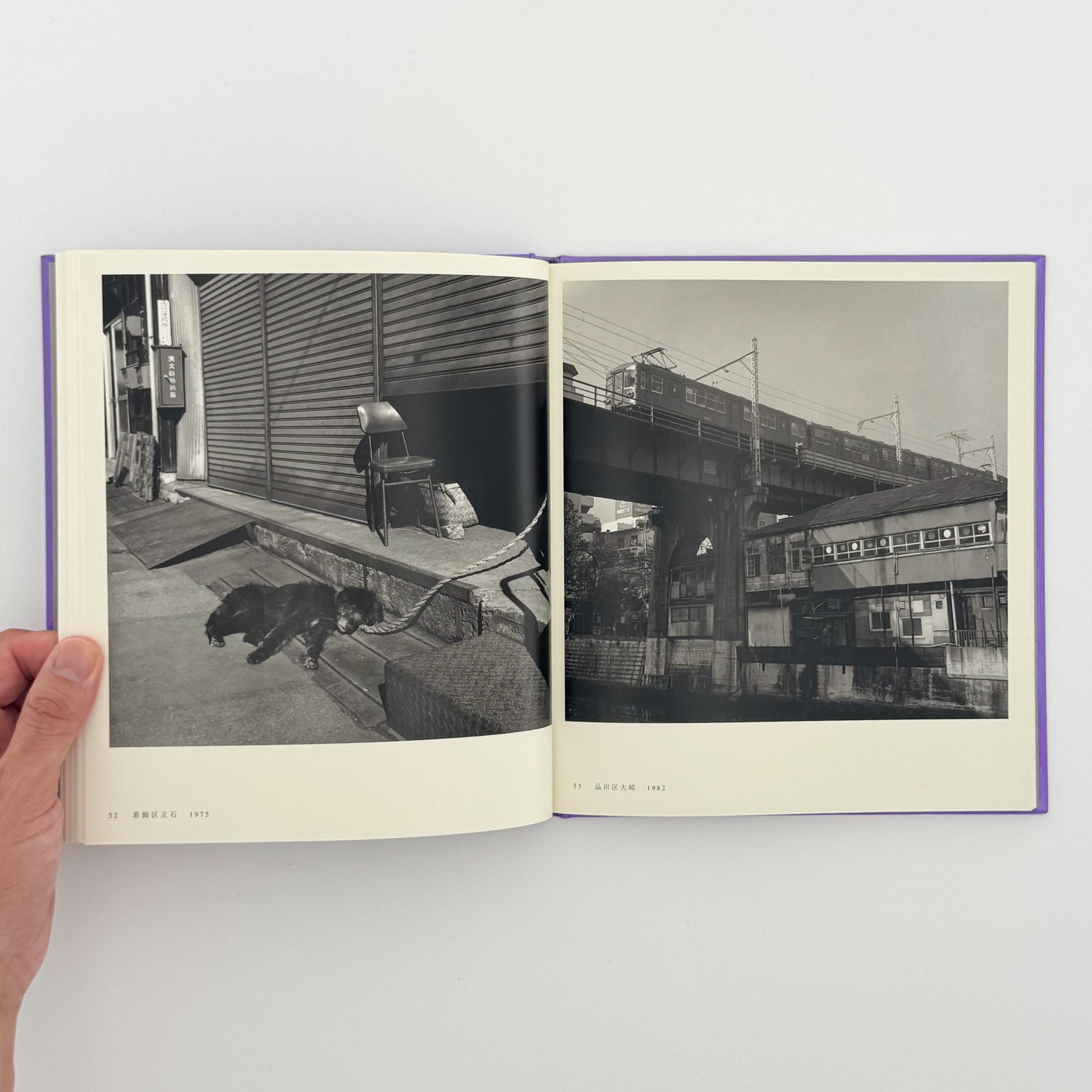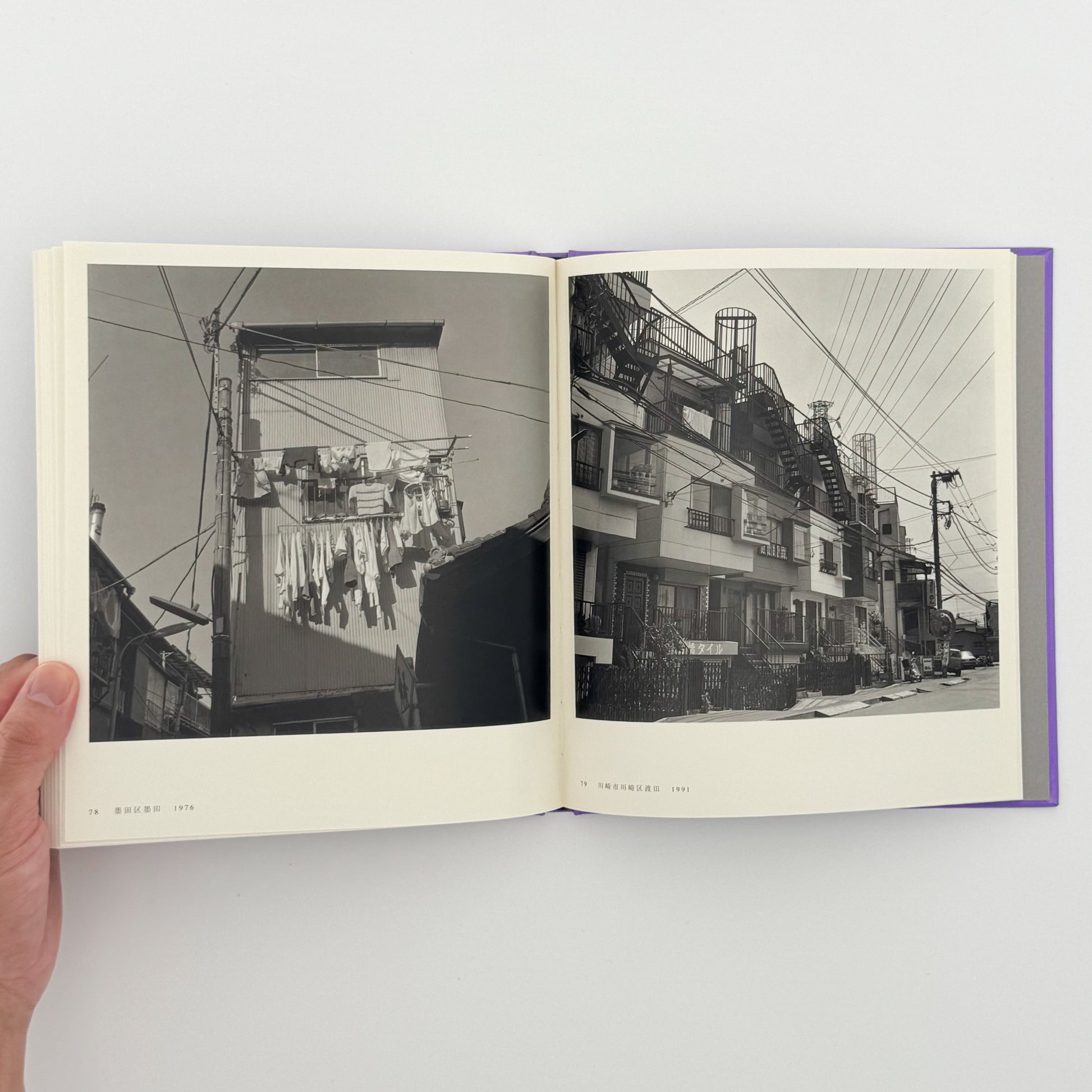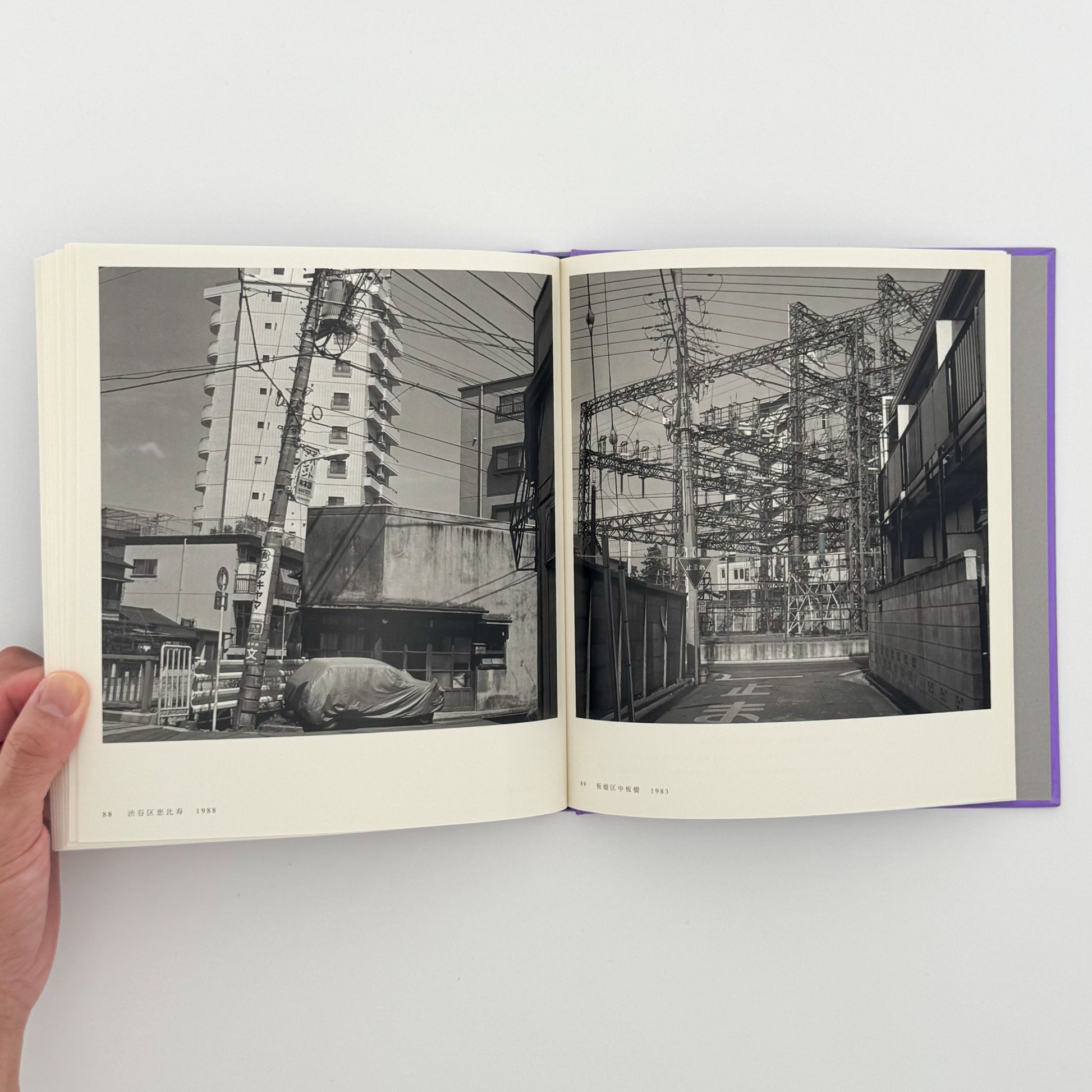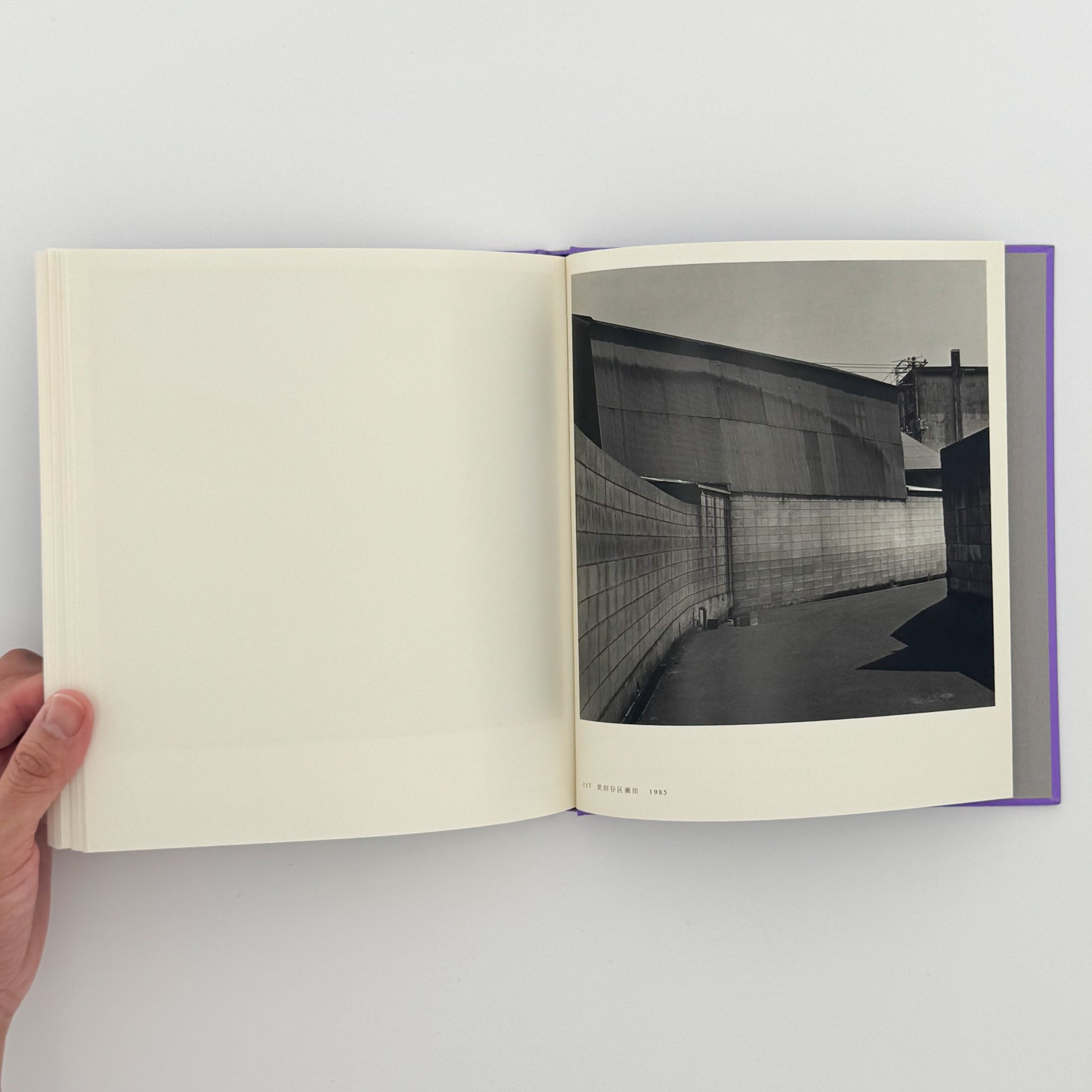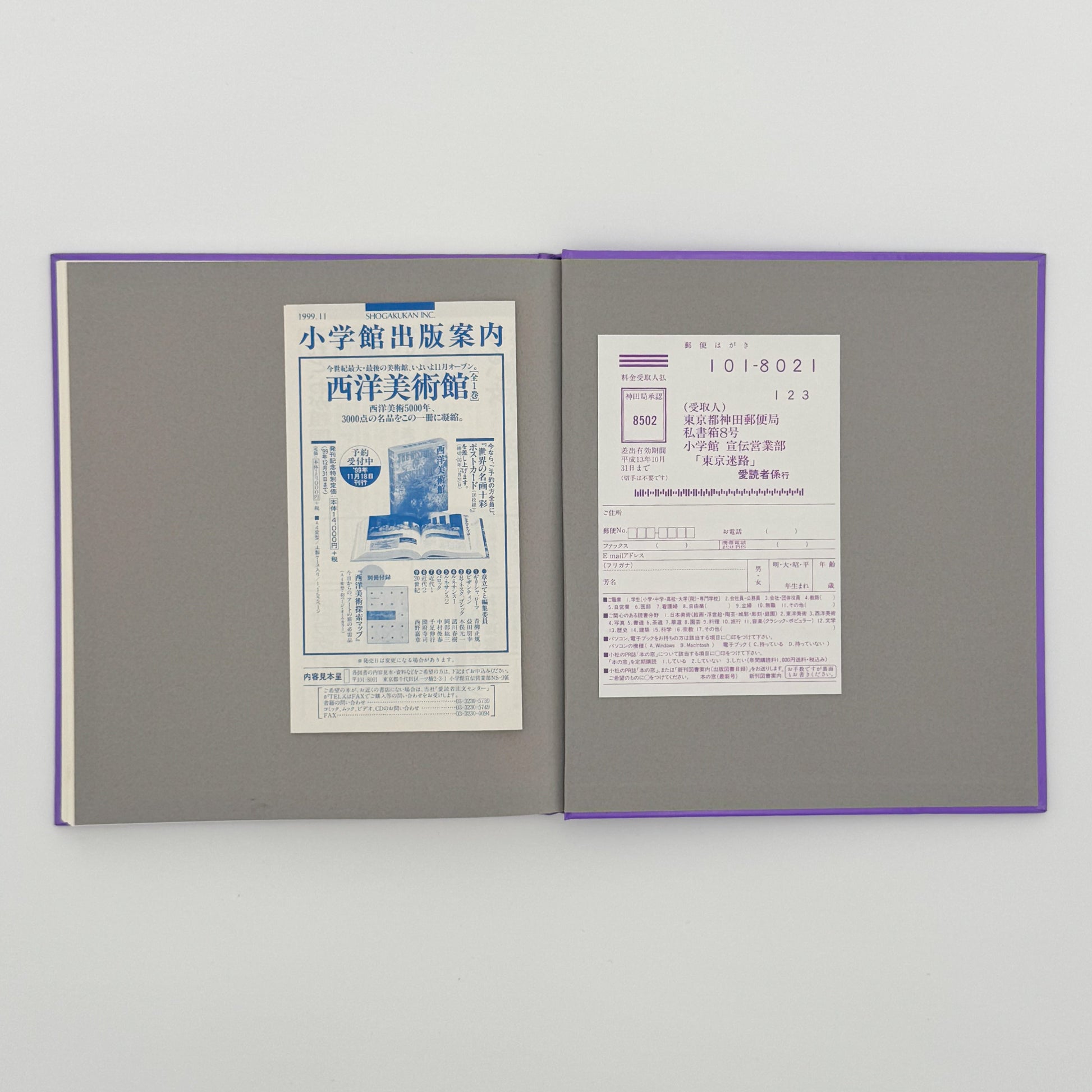Kikai Hiroyuki, Tokyo Labyrinth (Tokyo Maze)
Kikai Hiroyuki, Tokyo Labyrinth (Tokyo Maze)
Couldn't load pickup availability
Share
Onikai, known for his powerful portraits of Asakusa, was secretly pursuing this Tokyo labyrinth.
In the diverse streets of Tokyo, I deliberately avoided capturing people and instead focused my camera on alleys and street corners.
The intention was not simply to record the scenery, but to capture the spaces where people's lives are imprinted—in other words, to create a "portrait of space."
Despite being an uninhabited place, traces of life and stories seep out, leaving viewers unable to help but sense the "presence of absence."
In the afterword, Onikai, who came to Tokyo from Yamagata, writes that this series was a gaze upon Tokyo, where he wandered, and was also his own "Tokyo Story."
In the serene monochrome, detached from the hustle and bustle, the deep shadows and accumulated time of the labyrinthine city of Tokyo emerge.
[Title] Tokyo Maze
Tokyo Labyrinth
[Publisher] Shogakukan
[Publication Date] December 10, 1999 (First Edition, First Printing)
[Number of pages] 120 pages
[Size] Approximately 23.3 x 20.9 x 1.7 cm, 0.60 kg
[Format] Hardcover
[Title Reading] Tokyo Meiro (Tokyo Labyrinth)
[Author(s) / Editor(s)] Hiroo Onikai / Author, I. J. Widner / Text, Yoshihiro Tanemura / Text, Genpei Akasegawa / Text
[Printing] Mitsumura Printing / Printing, Tsunehiko Shinki / Printing Director
[ISBN]
4-09-681241-2
[Condition] Used [5 ] Fair (Slight yellowing on spine, slight staining on top edge, slight tear on case, slight wear on obi)
[Accessories] Slipcase
[Published in]
[Related Exhibitions]
Kikai Hiroomi (1945-2020)
Born on March 18, 1948, in Sakawa City, Yamagata Prefecture.
After graduating from high school in 1963, I worked as a staff member for Yamagata Prefecture, and then studied philosophy at the Faculty of Literature, Hosei University.
He continued to take photographs while changing jobs, and became a freelancer in 1984.
In 1987, he published the portrait photo collection "Portraits of Kings" featuring people in Asakusa, and the following year he won the Japan Photographic Society Newcomer Award and the 13th Ina Nobuo Award.
In 2004, he won the 23rd Dōmon Ken Prize for " PERSONA " (published by Sōshi-sha).
He passed away in Tokyo on October 19, 2020.
He is known as a photographer who continued to ask "What is humanity?" throughout his life.
